I stuffed a bagel with peanut butter! There, I said it, and I have no regrets. The crunchy & creamy peanut butter is a fun textural contrast to the chewy, somewhat heavy bagel dough, and also boosts up the protein content of this bagel from 8g to almost 26g of protein per bagel. Serve it with a dollop of strawberry jam, and you can have these bagels for breakfast and lunch!
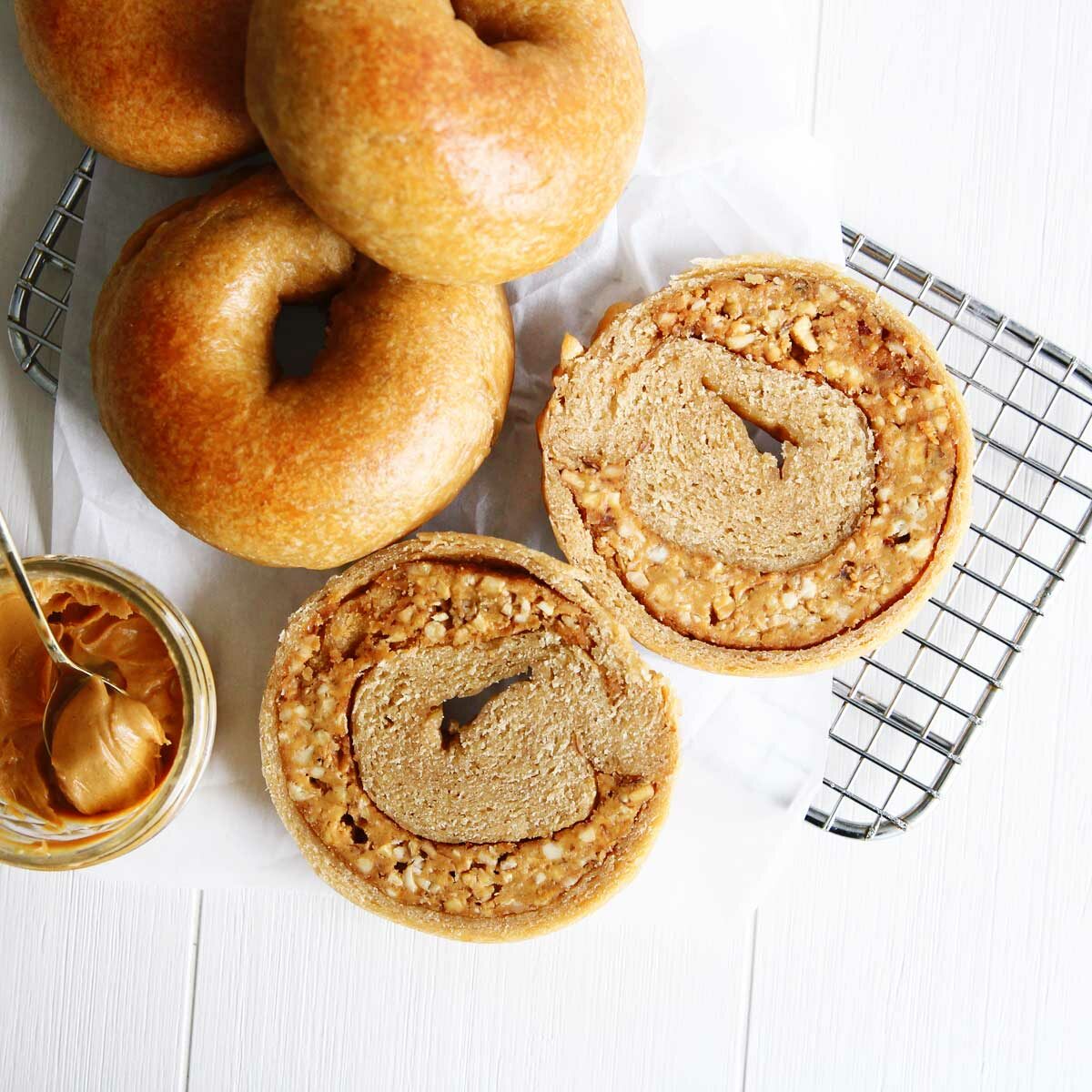
Bagels have been around since forever. Originally from Poland, everyone’s favorite ring-shaped bread goes back at least four centuries, and it has changed little over time. Of course, we all have a favorite bagel spot, but few of us have experience making bagels at home — a real shame, considering how easy (and satisfying) they are to make. The best part about making bagels? You can get creative. How do nutty Peanut Butter Bagels sound? A creamy peanut butter spread will turn your bagels into one wholesome quick lunch or grab-and-go breakfast.
Here's why I love this recipe
- No eggs, milk or butter and vegan friendly!
- The creamy peanut butter is the star of this recipe. It gives these bagels a rich, nutty flavor.
- Minimal kneading is required, and the stuffing part is actually fun to make.
- There's a good source of nutrients and fiber, thanks to the peanut butter, the chopped nuts and added almond flour
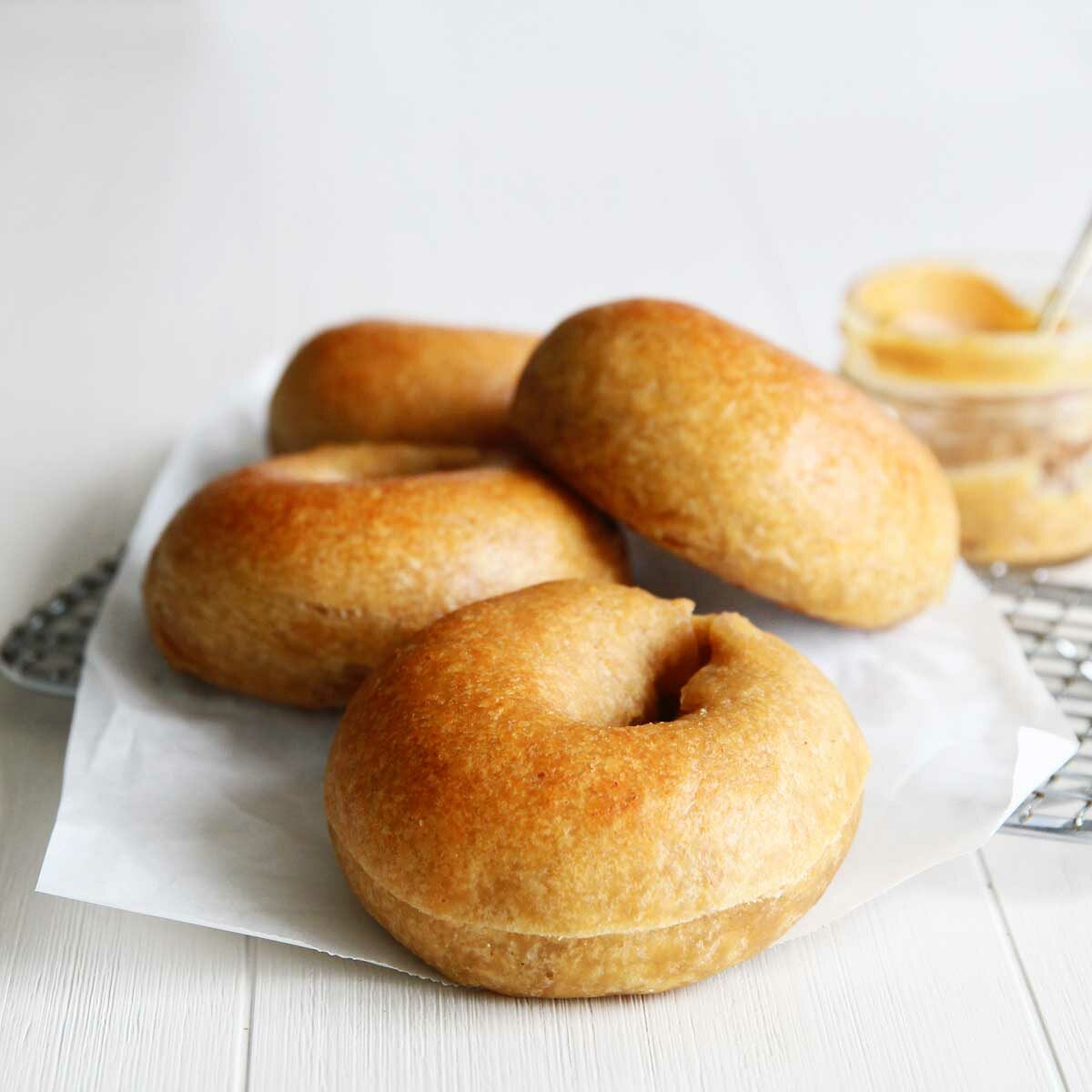
Ingredients Used to Make Peanut Butter Stuffed Bagels Recipe
**I've linked some of these ingredients to amazon.com to give you an idea of what they are, but you should also be able to find them in your local grocery store (usually, the baking aisle, or the natural & organic food section). They are also affiliate links, which means that I earn a commission as an Amazon Associate if you decide to purchase the items. The price will be the same for you, link or no link 🙂
- Bread Flour - Bread flour is highly recommended for this recipe for the best texture and structure. TIP: For the best texture and chew, use a higher protein bread flour like King Arthur Bread Flour. Please read the note in the substitution section below if using other flours.
- Almond Flour (optional)- I used blanched almond flour, but if you want, you can substitute the almond flour with more bread flour (more details on the recipe card).
Why almond flour? Almond flour is not a traditional ingredient for bagels, but I like adding it for the extra boost in flavor and nutrition. It also produces more tender (easier on your jaws) bagels which my family prefers.
- Instant Yeast - you can find instant yeast in the baking section near the flours. My favorite is SAF Instant Premium Yeast, which works quickly and consistently produces great results. I recommend using instant yeast over active yeast for this recipe since active yeast (unlike instant yeast) needs to be activated in water.
- Sugar - I used raw cane sugar, but you can use regular granulated white sugar, or healthier alternatives like coconut, date, or maple sugars. Sugar-free substitutes such as monk fruit sweetener or stevia powder can be used in the filling, but for what goes inside the bread, I would NOT RECOMMEND using sugar-free substitutes since they can cause the bread to not rise properly.
- Salt - Pink Himalayan salt is what I have at home, so it’s what I use, but you can use any kind for this recipe.
- Creamy Peanut Butter Spread - such as Jif. I have not tried making these bagels using natural peanut butter (the drippy kind), but based on my experience any nut butters should work as long as you add more/less water to control the dough consistency.
Filling Ingredients
- This recipe uses peanut butter and chopped nuts to create a crunchy and savory filling that you won’t be able to get enough of. How to Make: Mix creamy peanut butter with equal amounts of chopped nuts (like this one) until evenly mixed.
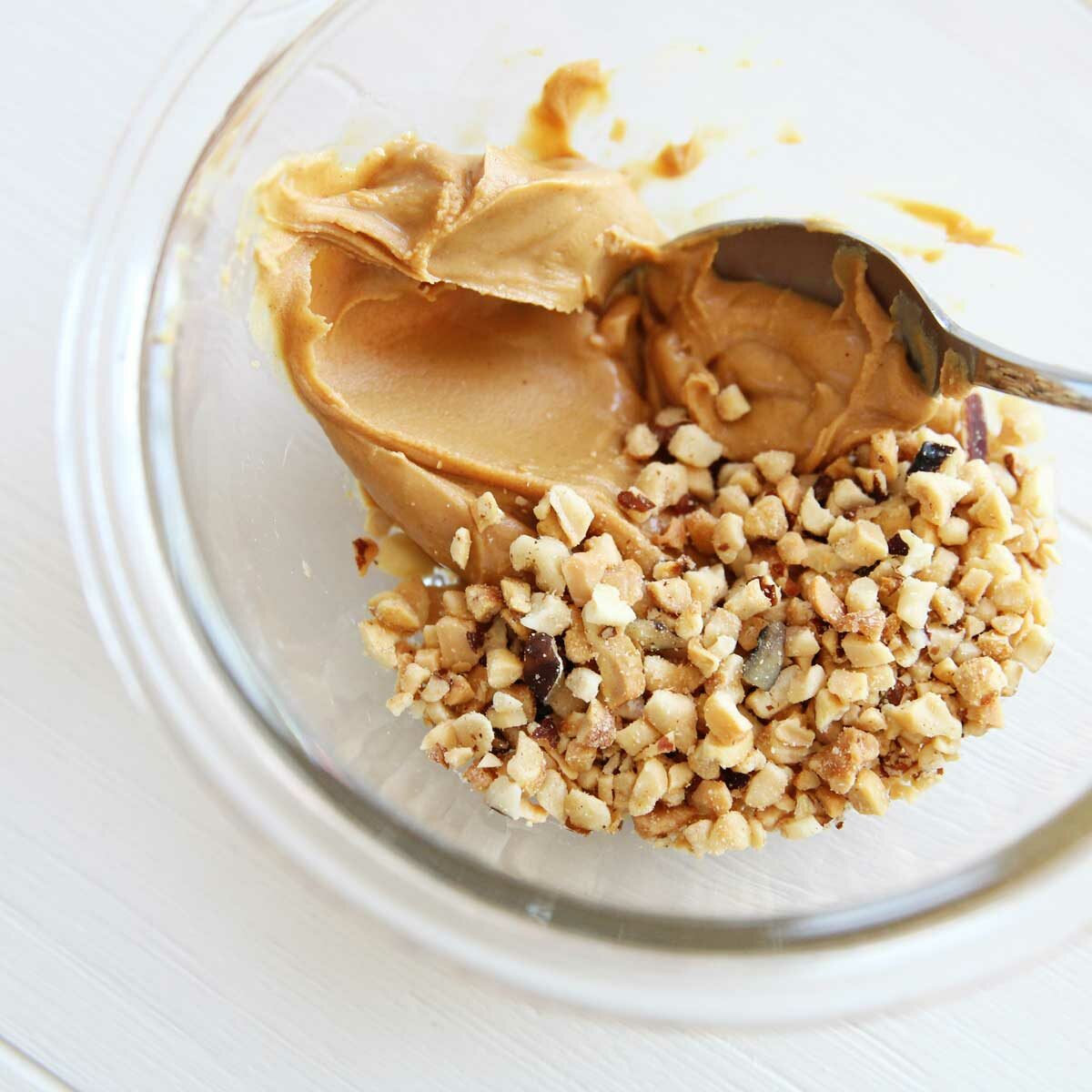
More Breakfast Recipes (HERE)
Step by Step Guide
How to Make Peanut Butter Stuffed Bagels
STEP 1
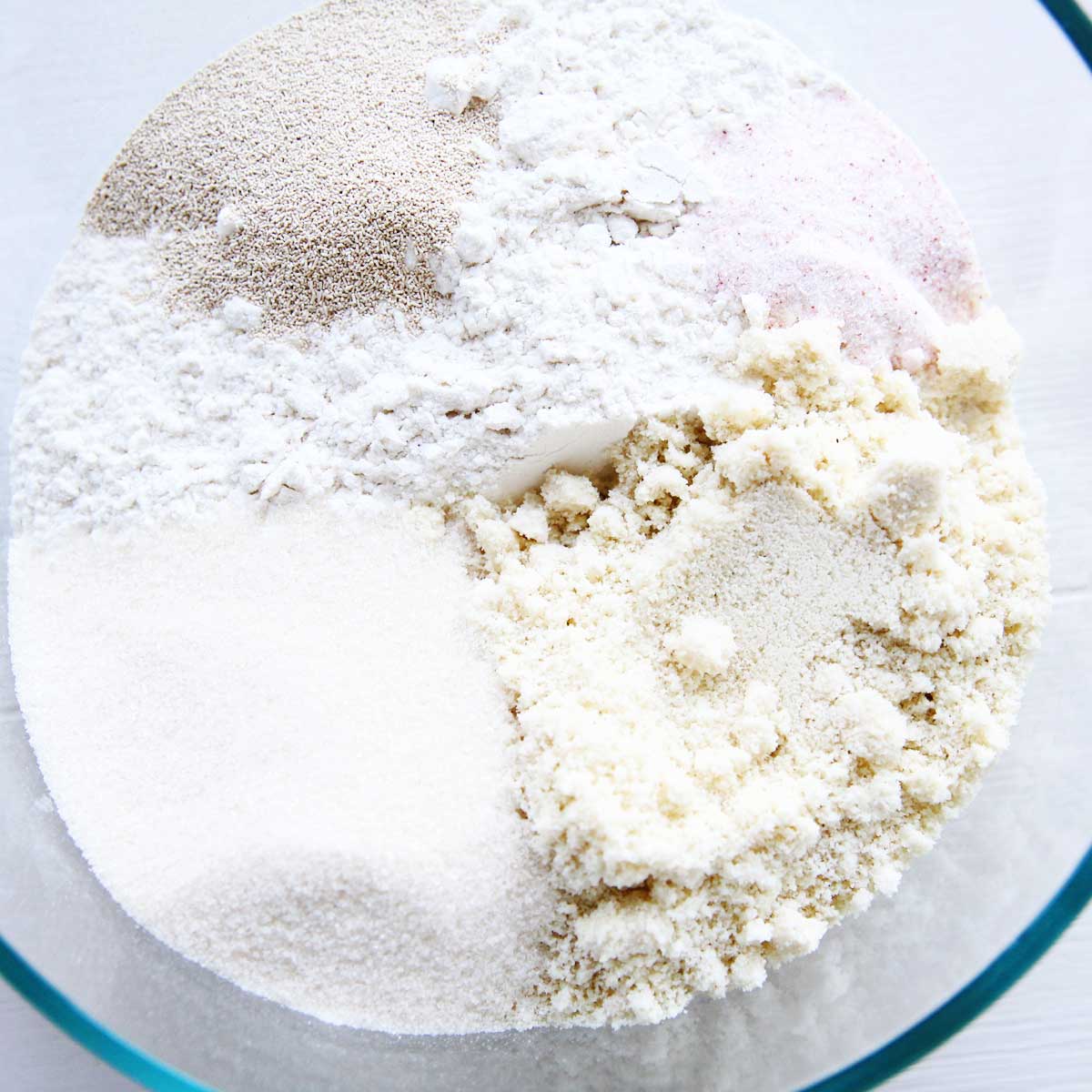
In a clean mixing bowl, mix the dry ingredients: the bread flour, almond flour, instant yeast, sugar and salt.
STEP 2
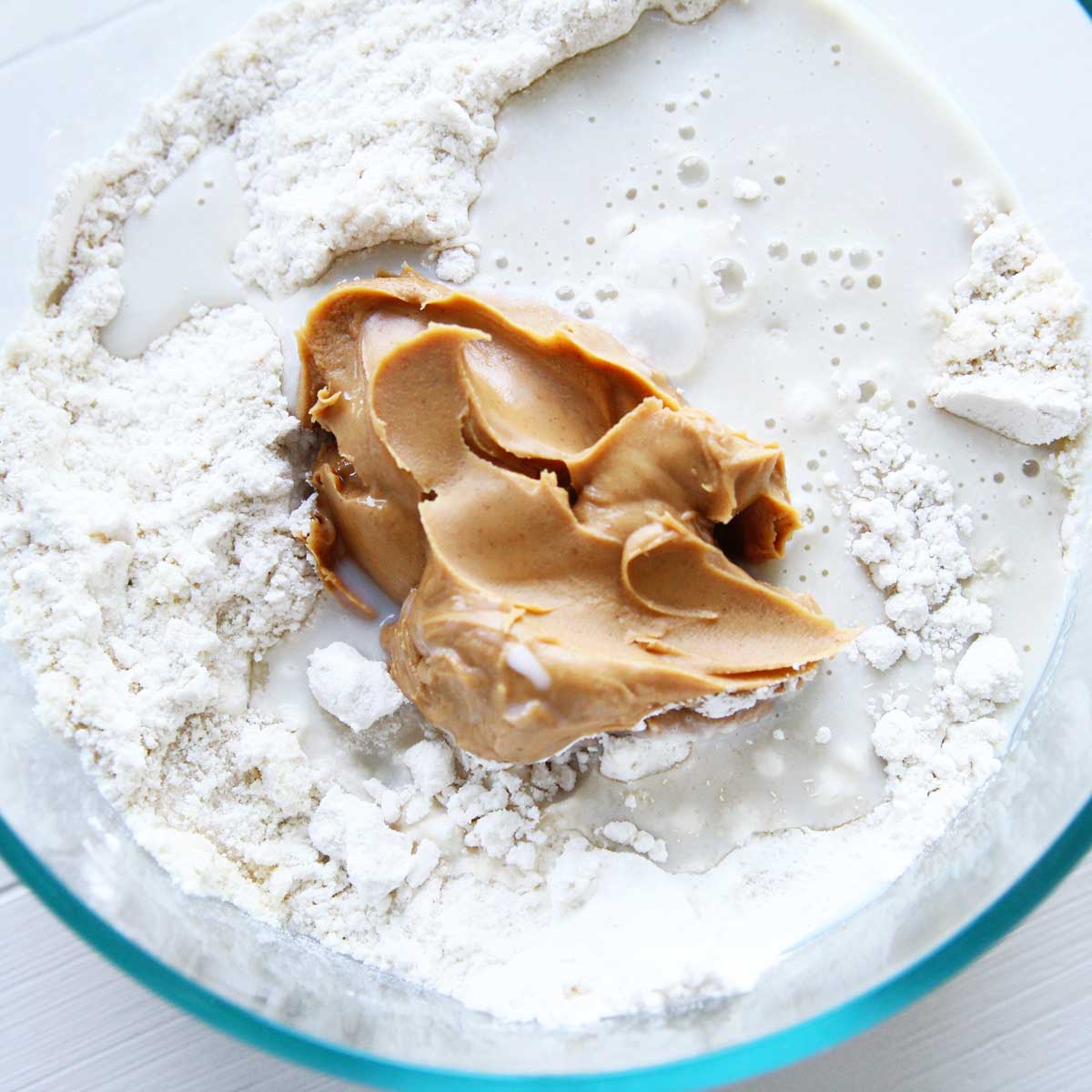
Add the peanut butter and almond milk, and use your hands or a danish dough whisk to combine all the ingredients
STEP 3
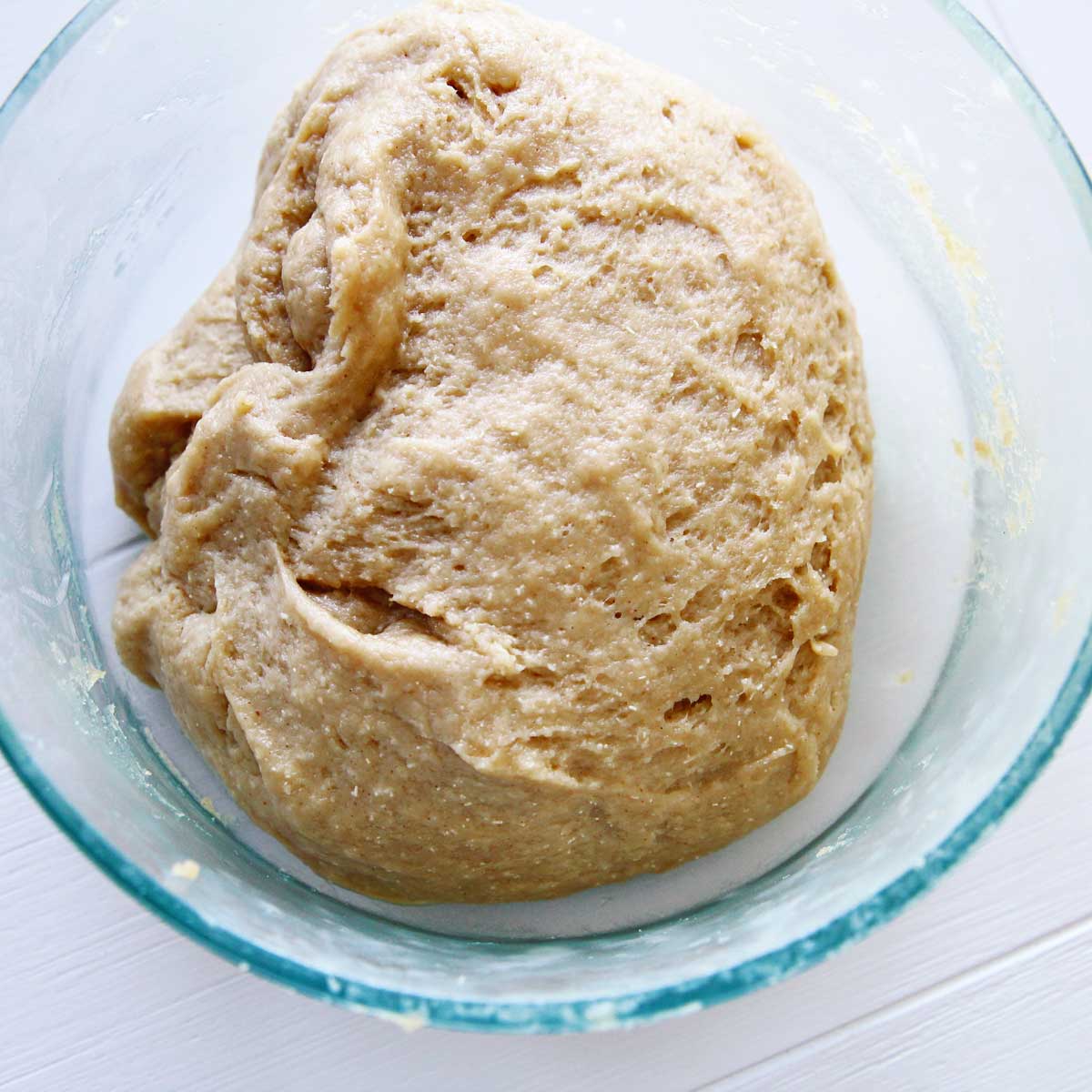
*the bagel dough is supposed to be firm and somewhat stiff, since bagels require a lower water-to-flour-ratio. You can add additional 1-2 Tablespoons of water if there are still dry ingredients, but be sure to add one tablespoon at a time, so you don’t overhydrate the dough.
STEP 4
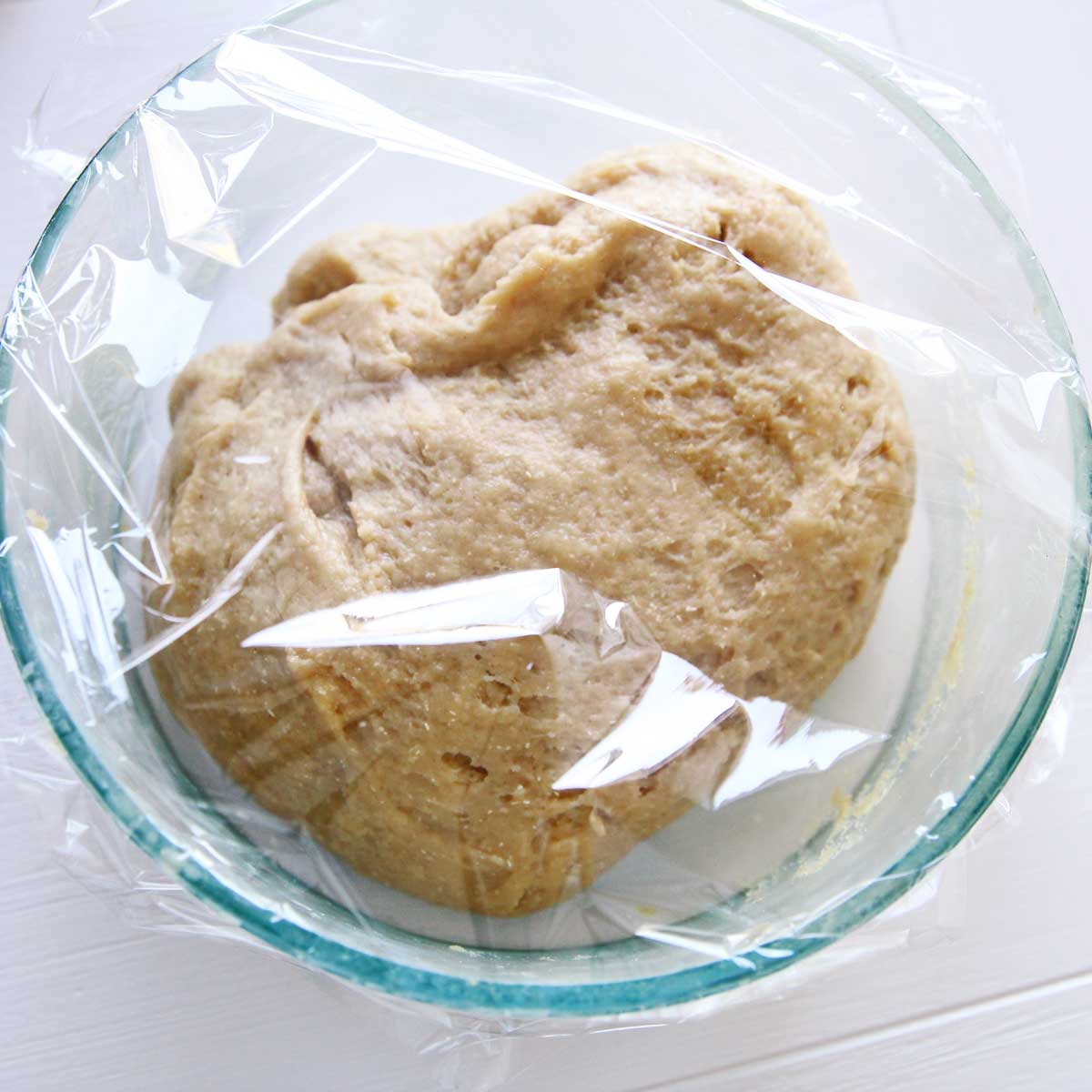
Loosely cover the dough with a clean wet towel or plastic wrap. Let rise, at a slightly warm place, for 60-90 minutes, until puffy.
STEP 5
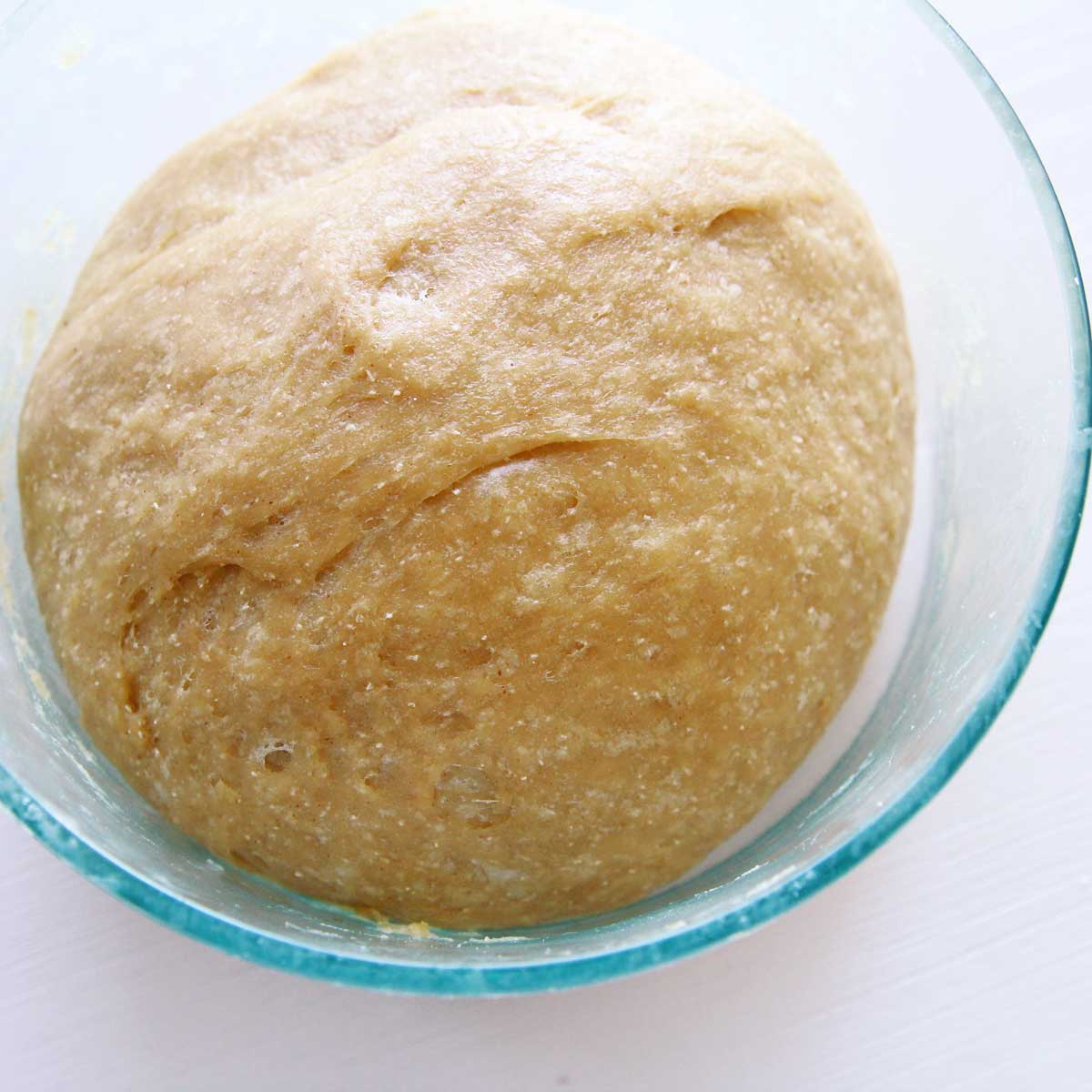
After the first fermentation stage, choose ONE of two methods:
For no-knead (overnight) method: gently deflate the dough, and cover the bowl with plastic wrap loosely so that air can escape. Transfer the bowl to the fridge and chill overnight, at least for 8 hours and up to 48 hours.
For kneaded (quick) method: continue to knead the dough by hand or using a stand mixer, until the dough becomes smooth, supple, and pulls easily away from the bowl. The kneading should not take too long (about 3 minutes by hand) since we allowed the dough to relax and hydrate in the previous step.
STEP 6

Gently place the prepared dough onto a floured surface. If you chilled the dough in the fridge overnight, let the dough first come to room temperature (about 3-4 hours) before proceeding to the next step.
Shape the dough into a ball, and divide into 4 equal sized pieces
STEP 7
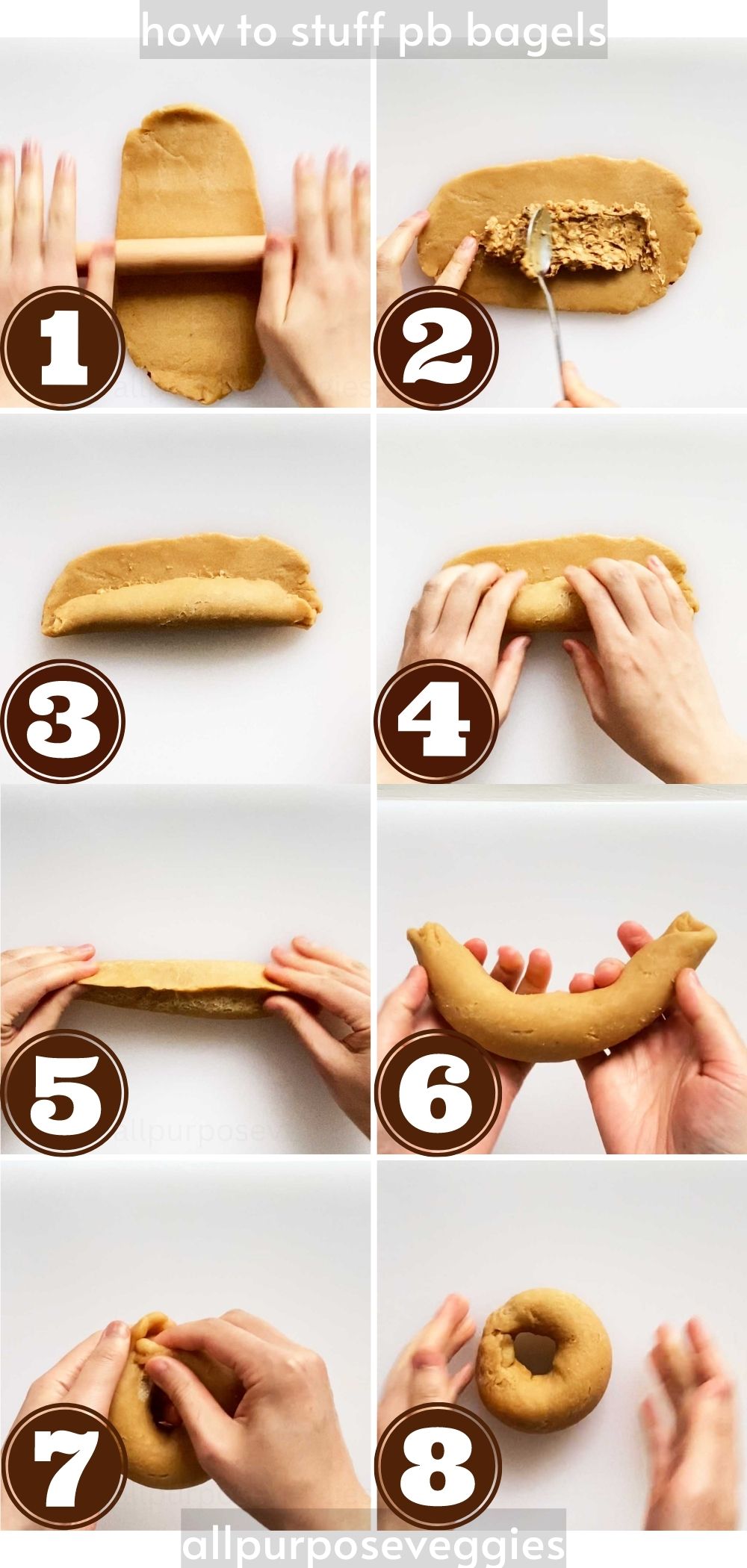
1. Use a rolling pin to roll out each piece of the bagel dough into a thin, 5 x 7 inch rectangle (thinner the better!)
2. Spread about 2-3 Tablespoons of the filling onto the bagel dough.
3-4. Roll the bagel dough over the filling.
5. Seal the ends by pinching the seams of the dough with wet fingers.
6. Bring together the two ends of the bagel dough by inserting one end of the rolled dough into the other end.
7. Pinch the seams together so that they won't fall apart during the boiling process.
8. Loosely cover the shaped bagels with plastic wrap or clean wet paper towel. Let rise for 40-60 minutes, until the bagels look slightly puffed up.
STEP 8
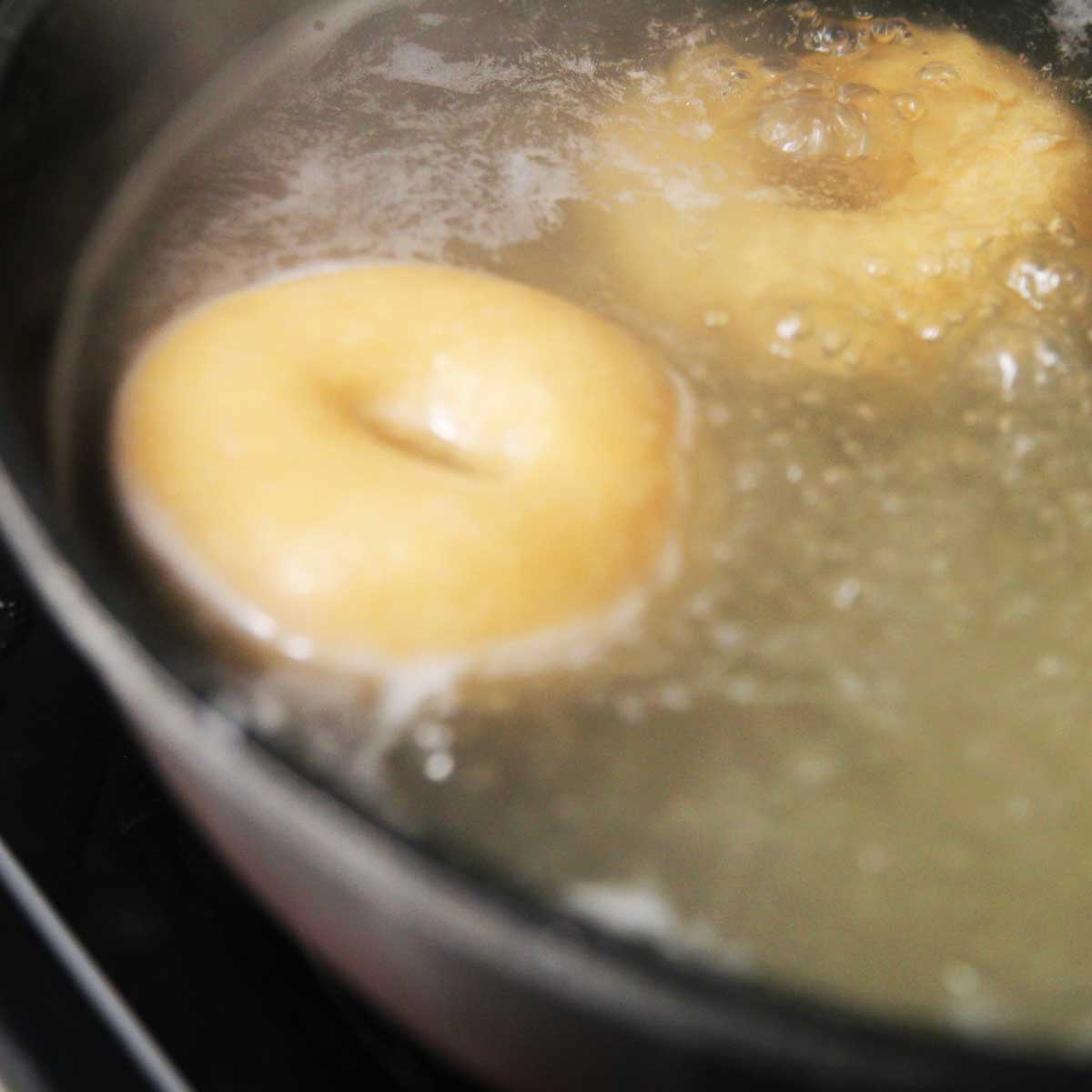
Bring a pot of water to boil. Bring the heat down to medium-hot so that it's gently boiling. Cook the bagel for just 30 seconds on each side.
TIP: If the bagel won't float up to the surface by the end of the 60 seconds, it probably means the bagel needs to proof longer.
STEP 9
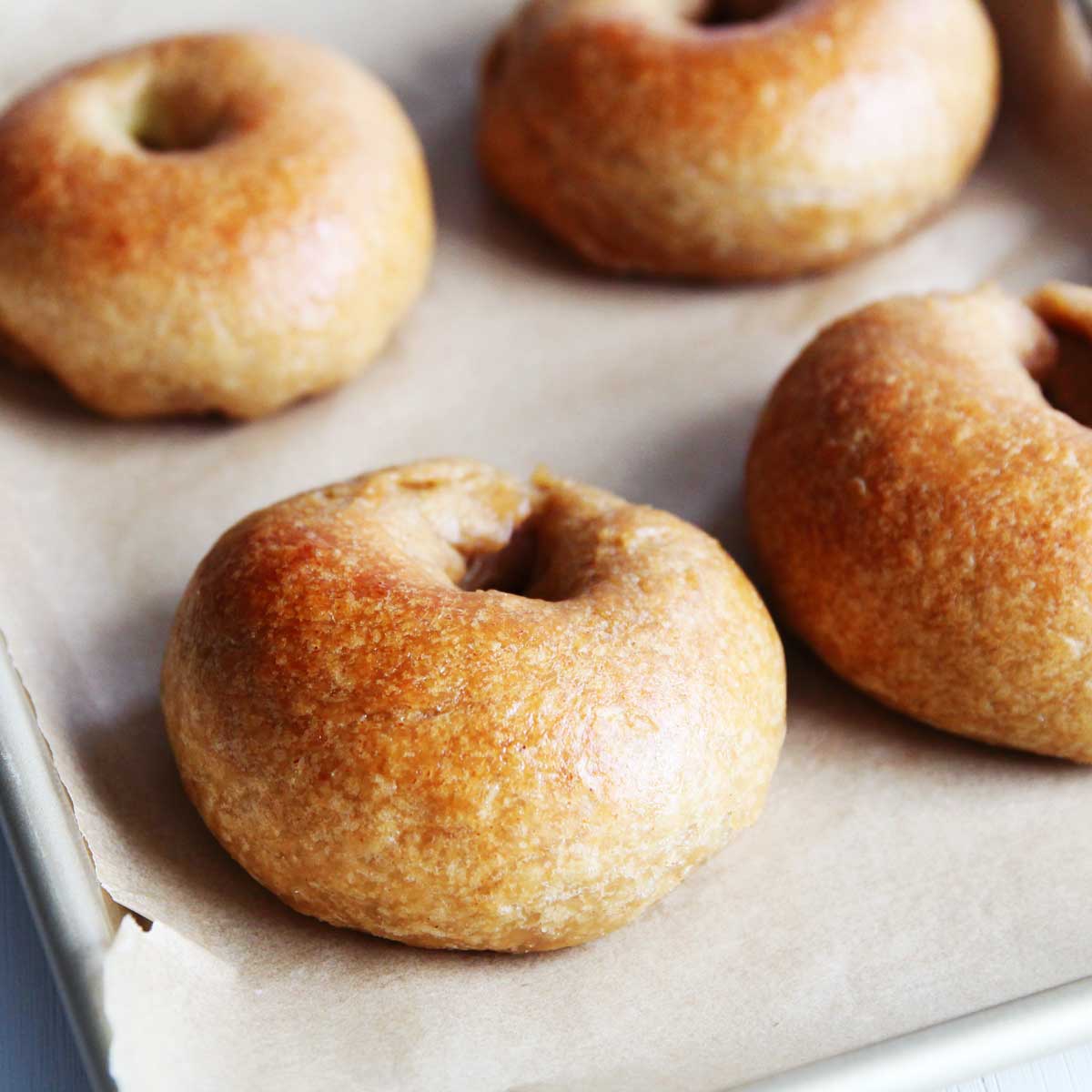
Bake the boiled bagels in the preheated oven for 20-25 minutes, until the tops are glossy and slightly browned.
STEP 10
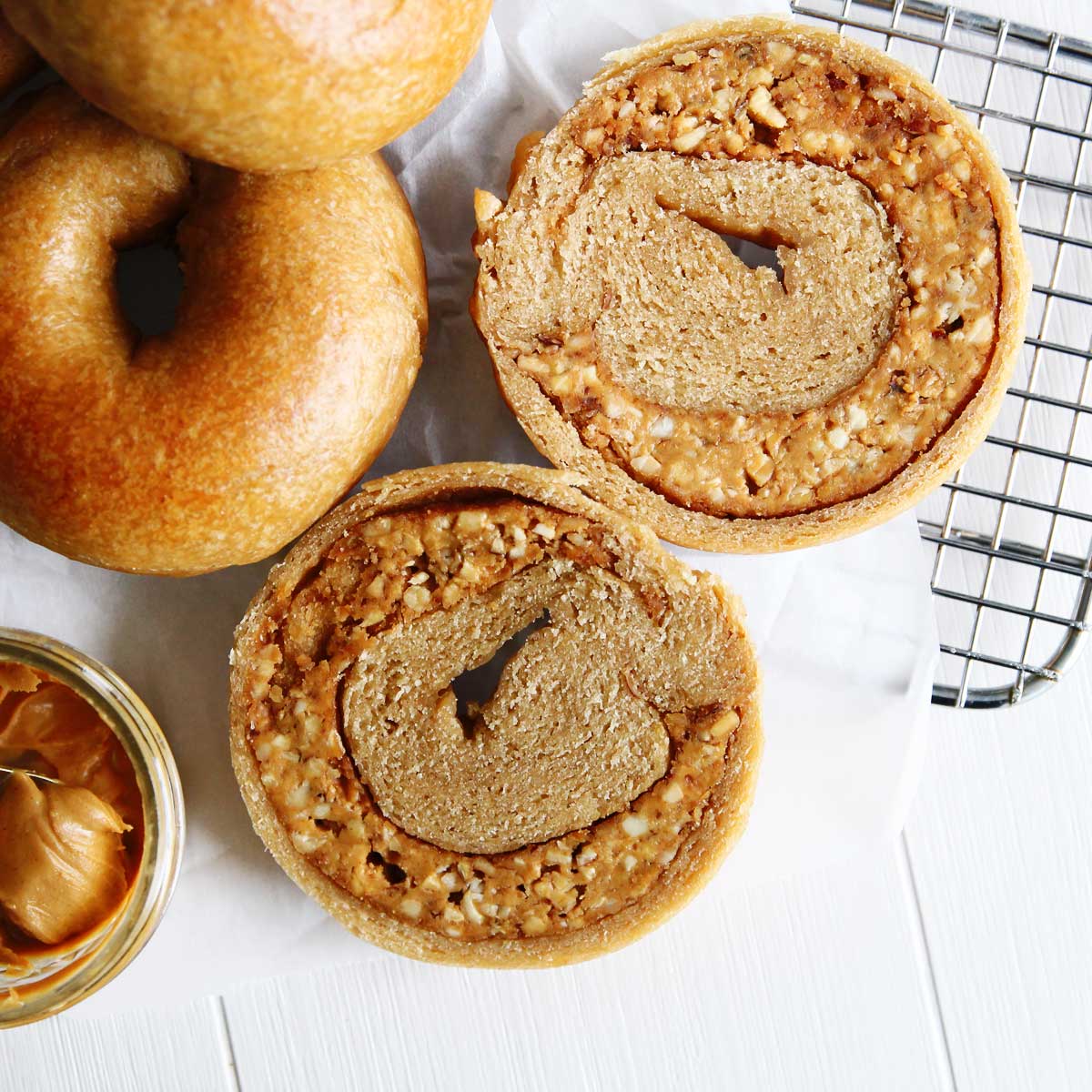
Let the bagels cool completely before slicing. Enjoy!
Recipe Variations and Optional Add Ins:
Here are some awesome ways you can make this bagel recipe your own 🙂
- Add more flavor! Try adding 1 Tbsp of cocoa powder or 2 tsp of powdered instant coffee to your peanut butter bagel dough next time. You can also add 1 tsp of vanilla extract to enhance the sweet flavor.
- Add more texture! Adding chopped nuts, seeds, or dried fruits or oats is a fantastic way to increase the nutrition and flavor in breads, including this one. If you're feeling indulgent, you can also add chocolate chips.
- Want to add more fiber? Substitute white whole wheat flour for up to half of the bread flour called for in this recipe. You'll need to add a few more tablespoons of water to adjust the hydration since whole wheat flour absorbs more water than white flour.
- Go Unstuffed! If you prefer bagels without any stuffing you can always just make these bagels without any filling, like below.
More Bagel Stuffing Ideas:
- Make these bagels healthier by adding a handful of nuts, seeds and old-fashioned oats to add texture and nutrition. Here are some ideas
- Nuts - chopped walnuts, pecans, cashews
- Seeds - poppy seeds, pumpkin seeds, sunflower seeds, sesame seeds, flaxseeds or chiaseeds
- Dried Fruit - chopped apricot, raisins, cranberries, dried cherries, candied ginger, citrus zests, etc.
Note on Substitutions
- Unfortunately, gluten-free flours cannot be substituted for bread flour in this recipe.
- If you don't have bread flour, you can also use All Purpose Flour instead. AP flour has less protein than bread flour, so they will yield softer bagels with less chew/ bite.
- As I mentioned in the Ingredients Section, almond flour makes these bagels more flavorful and more nutritionally balanced, but it also makes the bagels less chewy (and more tender). If you prefer a traditional bagel texture, use ¼ cup of bread flour instead of ½ cup almond flour.
- The almond flour can be subbed with other nut flour like pecan, cashew and walnut flour.
How to Store
- These bagels taste best if eaten within 3-5 days, and can be out at room temperature for a maximum of 5 days. For longer storage, you can place the bagels in a plastic freezer bag or airtight container and keep them in the fridge for up to 7 days, or in the freezer for up to 3 months. To reheat, toast inside an air fryer or toaster with the filling side up.
Final Tips for Stuffed Bagels
- Weigh your flour for the best results. 1 cup of bread flour = 120 grams / 4.23 oz. This is recommended since scooping the flour directly from the bag can pack the flour into the measuring cup, and this means you'll end up with more flour than what's called for in the recipe. If you don't have a kitchen scale, you can measure the flour by spooning pre-sifted flour into the measuring cup, then using the straight end of the spoon to level the flour across the top to sweep off the excess.

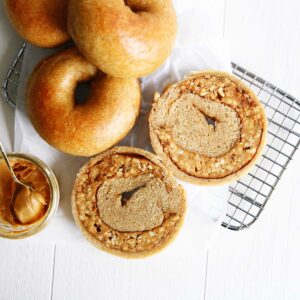
Peanut Butter Stuffed Bagels Recipe
Ingredients
Bagel Dough
- 1 ¾ cup bread flour 210 g
- ½ cup almond flour 54 g, or use ¼ cup of bread flour for traditional bagel texture. READ NOTES!**
- 2 tsp instant yeast 6 g
- 3 Tbsp sugar 37 g
- ½ tsp salt 3 g
- ⅓ cup creamy peanut butter spread 100g
- ¾ cup unsweetened almond milk 170 g
Bagel Stuffing
- ⅓ cup creamy peanut butter spread
- ⅓ cup choppped nuts
Instructions
Combine the Dough Ingredients
- In a clean mixing bowl, mix the dry ingredients: the bread flour, almond flour, instant yeast, sugar and salt.Keep in mind the amount of instant yeast needed will vary based on how soon you want to bake them. Read notes***
- Add peanut butter, using your hands or a danish dough whisk to incoporate it into the dry ingredients best you can.
- Next, add almond milk, 2 tablespoons at a time, until all ingredients are just combined. No kneading required!*the bagel dough is supposed to be firm and somewhat stiff, since bagels require a lower water-to-flour-ratio. You can add additional 1-2 Tablespoons of water if there are still dry ingredients, but be sure to add one tablespoon at a time, so you don’t overhydrate the dough.
- Loosely cover the dough with a clean wet towel or plastic wrap.
- Let rise, at a slightly warm place, for 60-90 minutes, until puffy.
After the First Rise (Choose ONE Method below)
- For no-knead (overnight) method: gently deflate the dough, and cover the bowl with plastic wrap loosely so that air can escape. Transfer the bowl to the fridge and chill overnight, at least for 8 hours and up to 48 hours.
- For kneaded (quick) method: continue to knead the dough by hand or using a stand mixer, until the dough becomes smooth, supple, and pulls easily away from the bowl. The kneading should not take too long (about 3-5 minutes by hand) since we allowed the dough to relax and hydrate in the previous step.
Shaping the Dough
- Gently place the prepared dough onto a floured surface. If you chilled the dough in the fridge overnight, let the dough first come to room temperature (about 3-4 hours) before proceeding to the next step.
- Shape the dough into a ball, and divide into 4 equal sized pieces
Stuffing the Bagel Dough
- In a clean mixing bowl, mix the filling ingredients. Set aside.
- Use a rolling pin to roll out each piece of the bagel dough into a thin, 5 x 7 inch rectangle (thinner the better!)
- Spoon about 2-3 Tablespoons of the filling onto the bagel dough.TIP: For a thick crescent shaped / C-shaped filling: place the filling towards one end of the rectangle. For a swirled effect, spread the filling onto the dough so that it is evenly distributed.
- Roll the bagel dough over the filling, and seal the ends by pinching the seams of the dough.TIP: wet your fingers with some water to help with the sealing
- Bring together the two ends of the bagel dough by inserting one end of the rolled dough into the other end and pinching the seams together so that it won't fall apart during the boiling process.
- Place the stuffed bagels on a parchment lined baking pan, and loosely cover with plastic wrap or clean wet paper towel.
- Let rise for 40-60 minutes, until the bagels look slightly puffed up.
Boil the Bagels
- Bring a pot of water to boil. Bring the heat down to medium-hot so that it's gently boiling.Also, preheat the oven to 350F
- Use a wide slotted spoon or spatula to gently transfer 1 bagel into the water.
- Cook the bagel for just 30 seconds on each side. TIP: If the bagel won't float up to the surface by the end of the 60 seconds, it probably means the bagel needs to proof longer.
- Take the bagel out of the boiling water using a wide slotted spoon or spatula and back to the parchment lined baking sheet.
- Repeat the boiling process for the rest of the bagels.
Bake the Bagels
- Bake the boiled bagels in the preheated oven for 20-25 minutes, until the tops are glossy and slightly browned.
- Let cool to room temperature before serving. TIP: If slicing the bagels crosswise, you'll get the cleanest cut if the bagels (and the filling) are completely cooled.

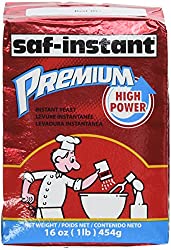
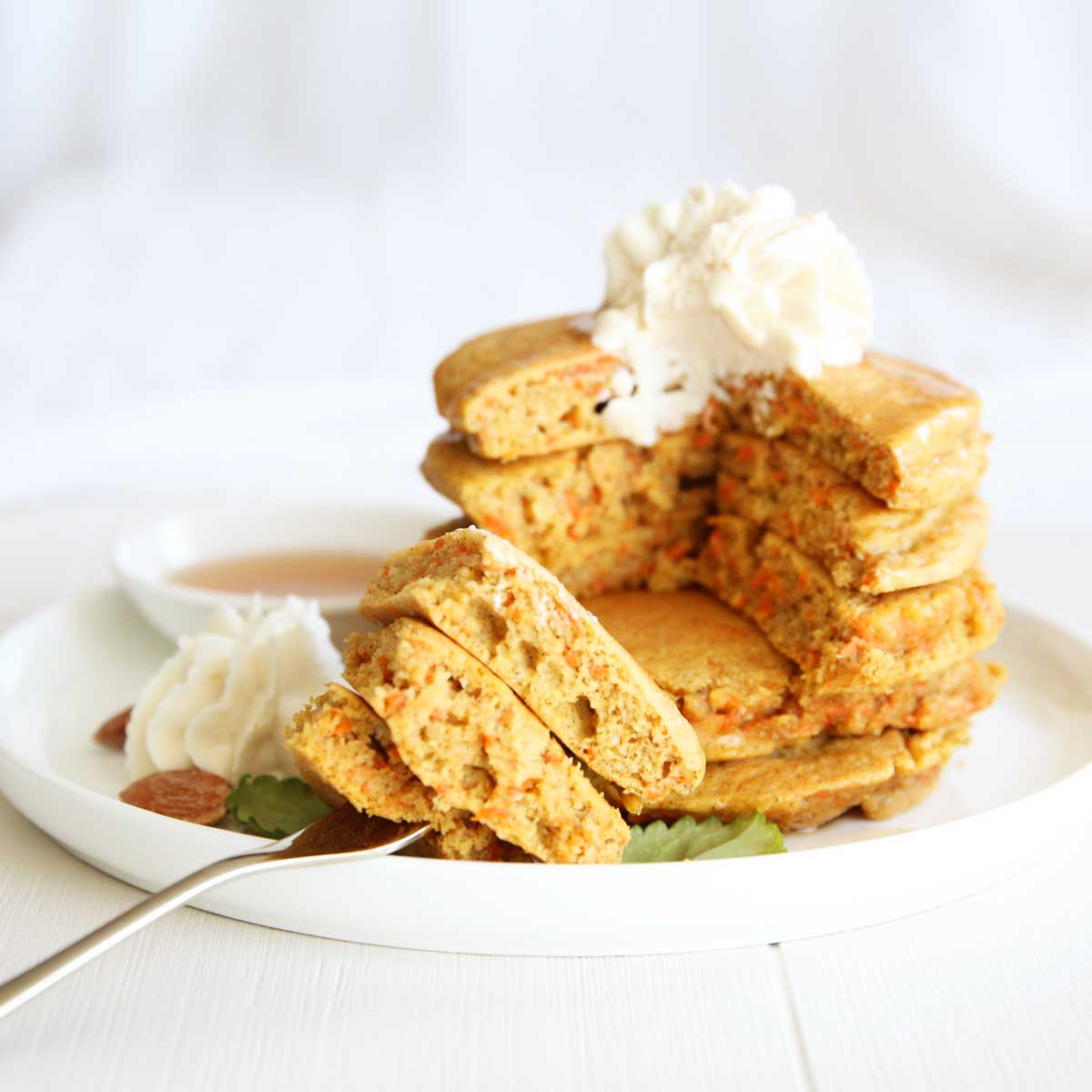
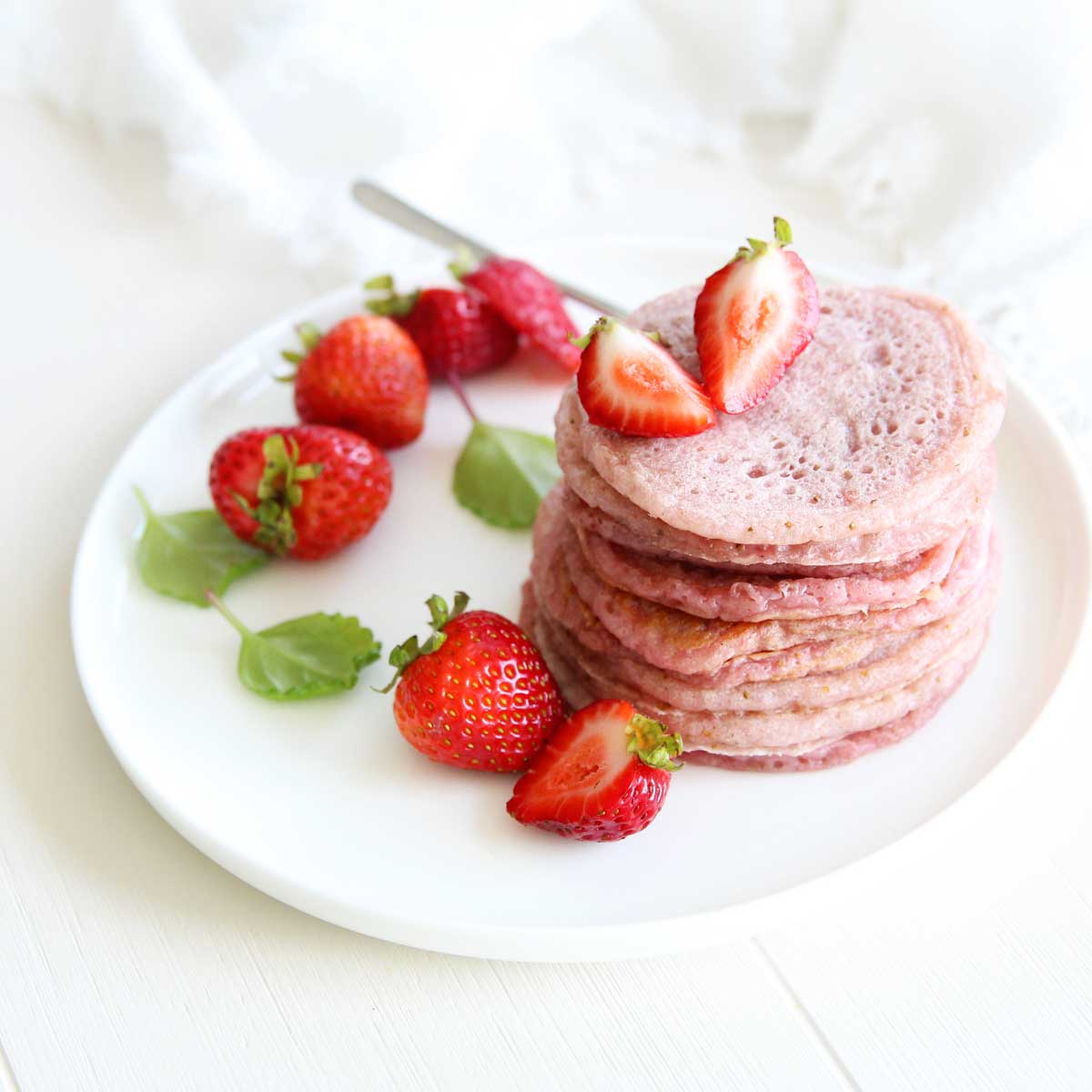
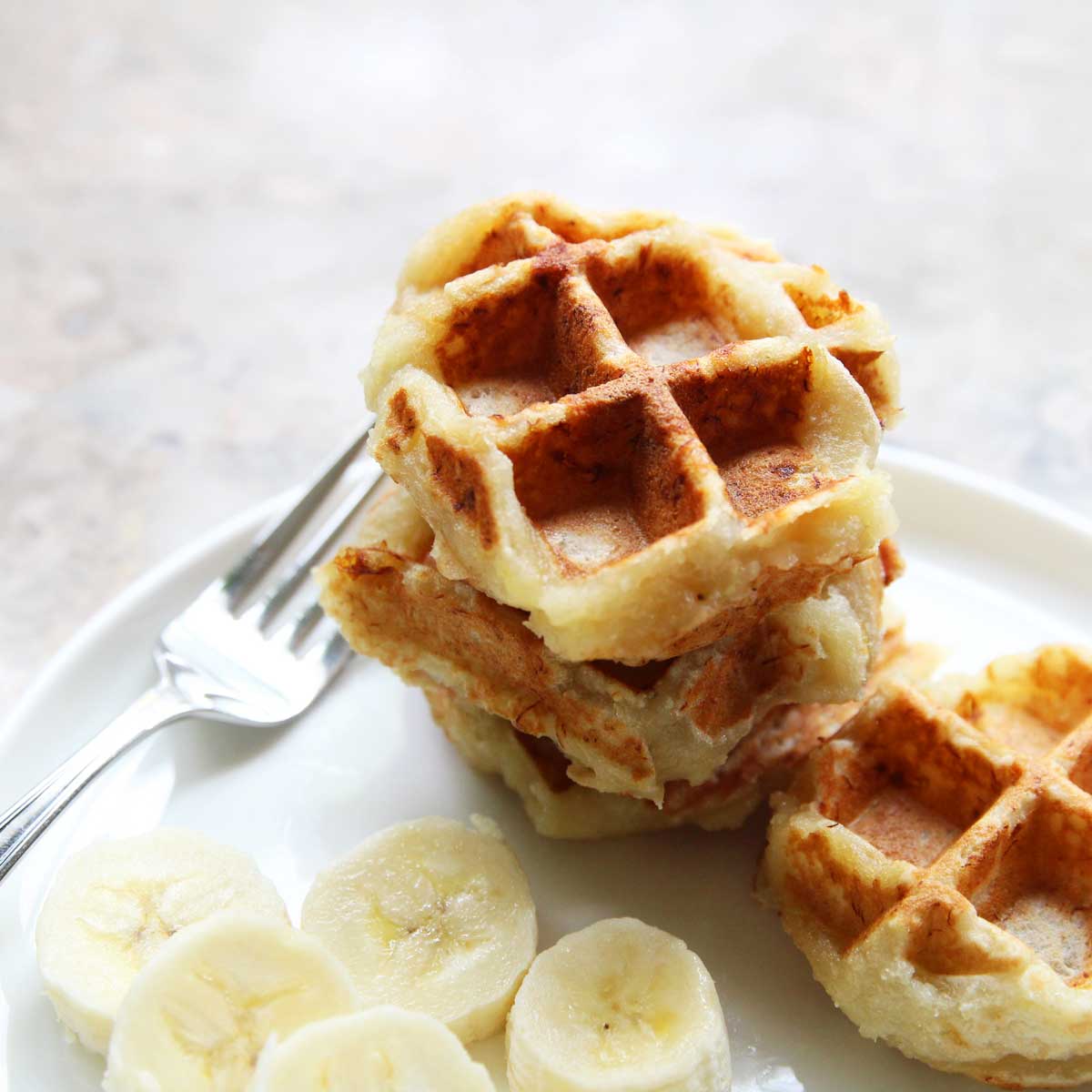
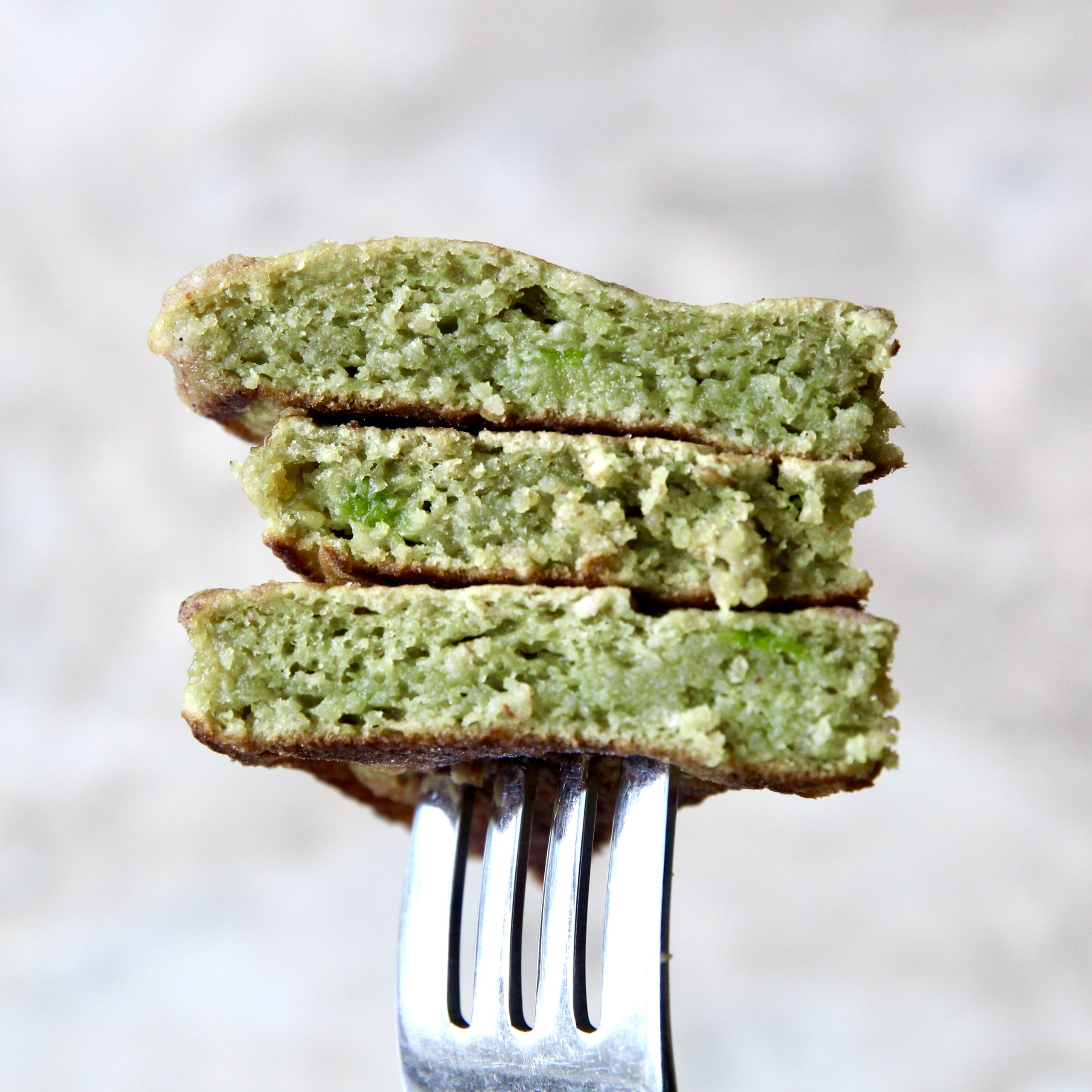
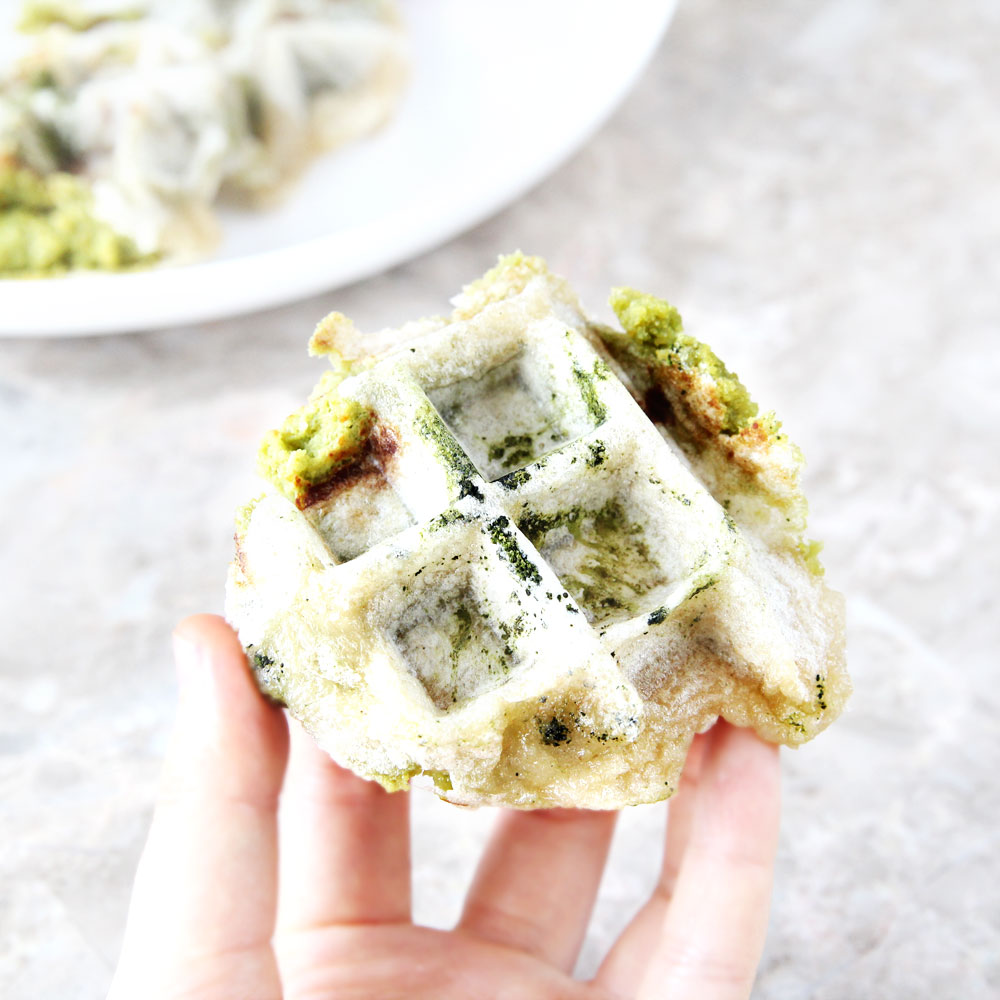
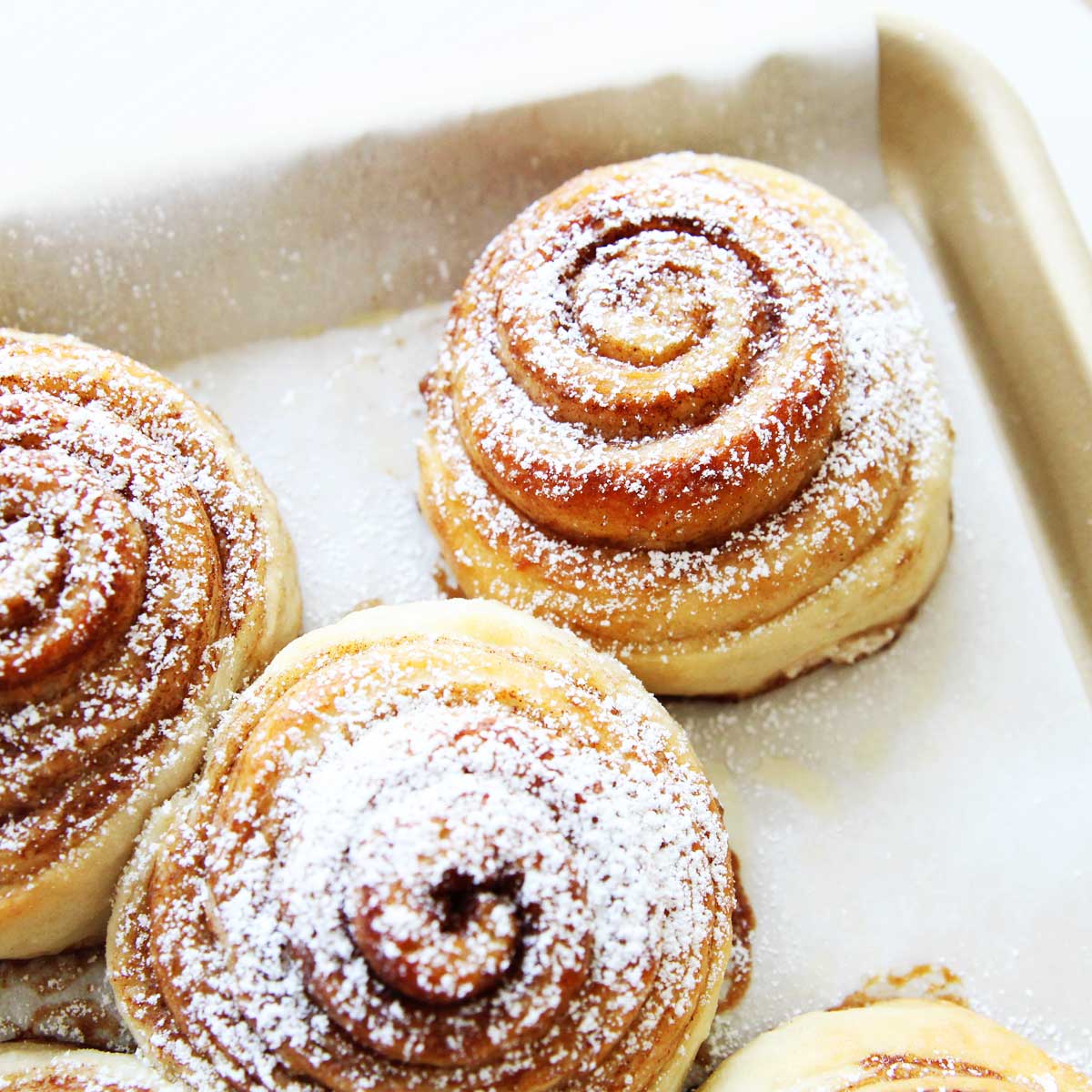

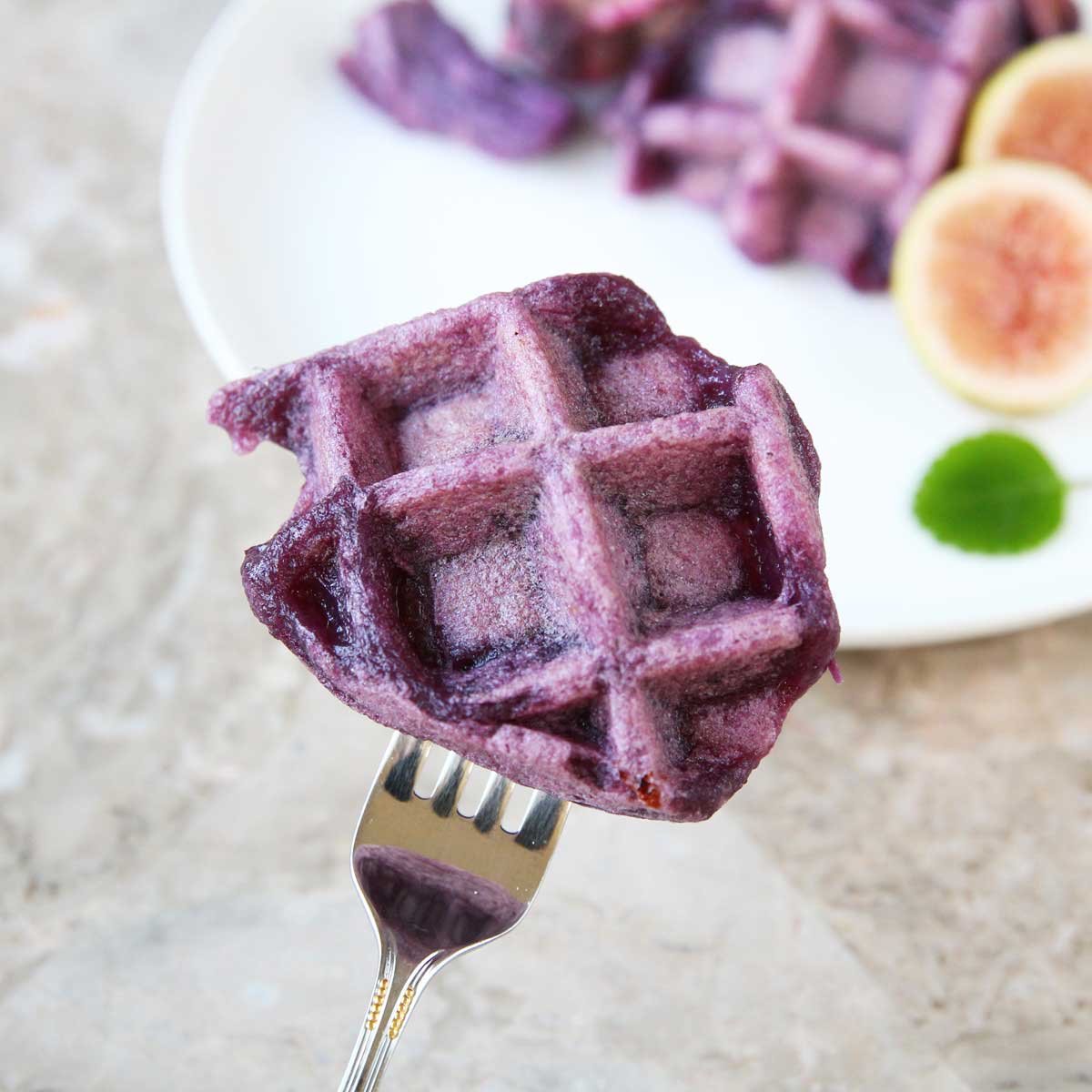

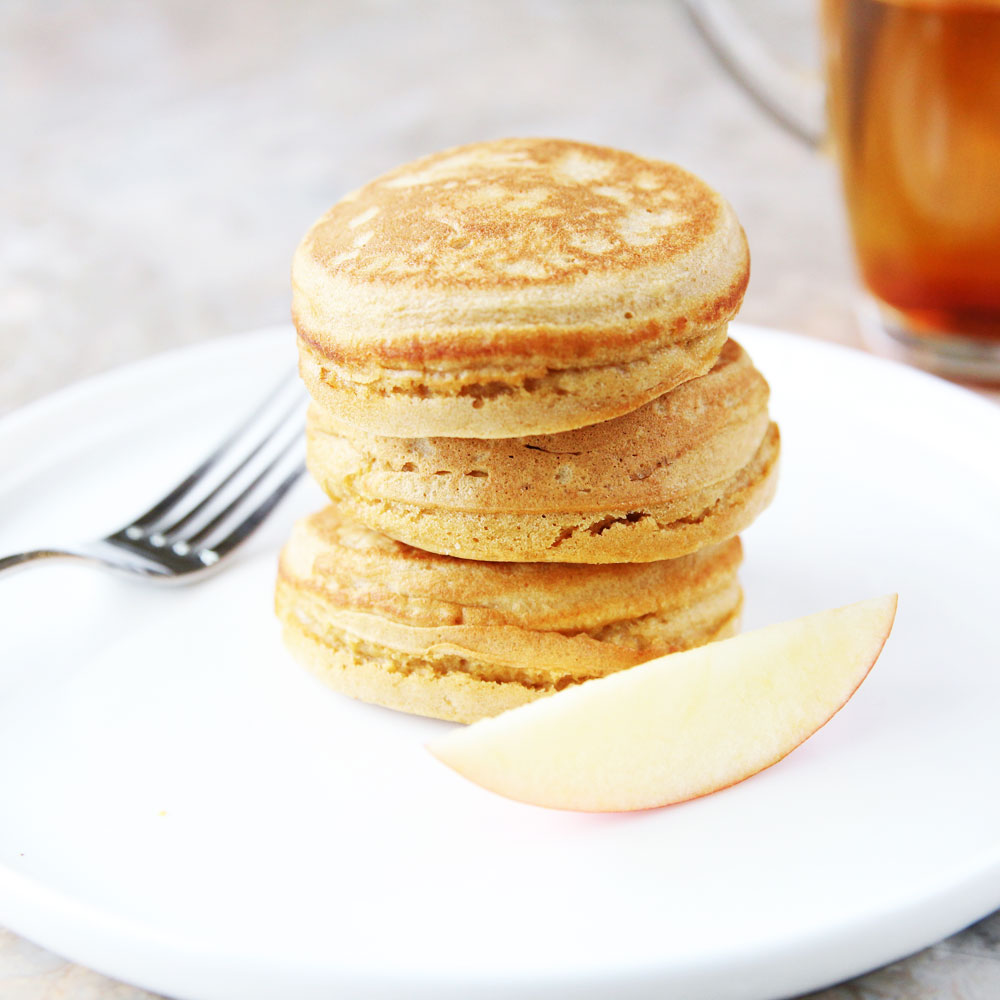
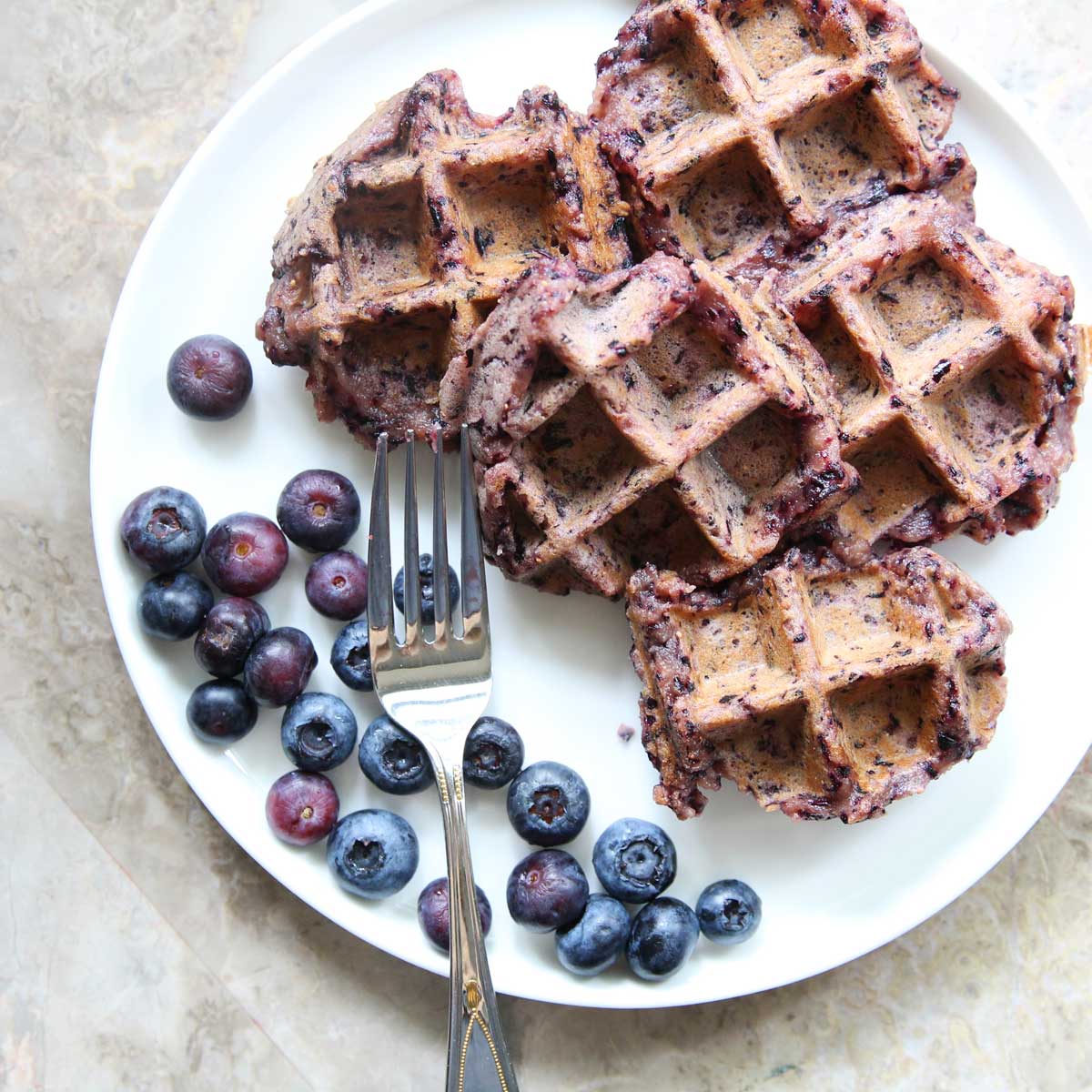
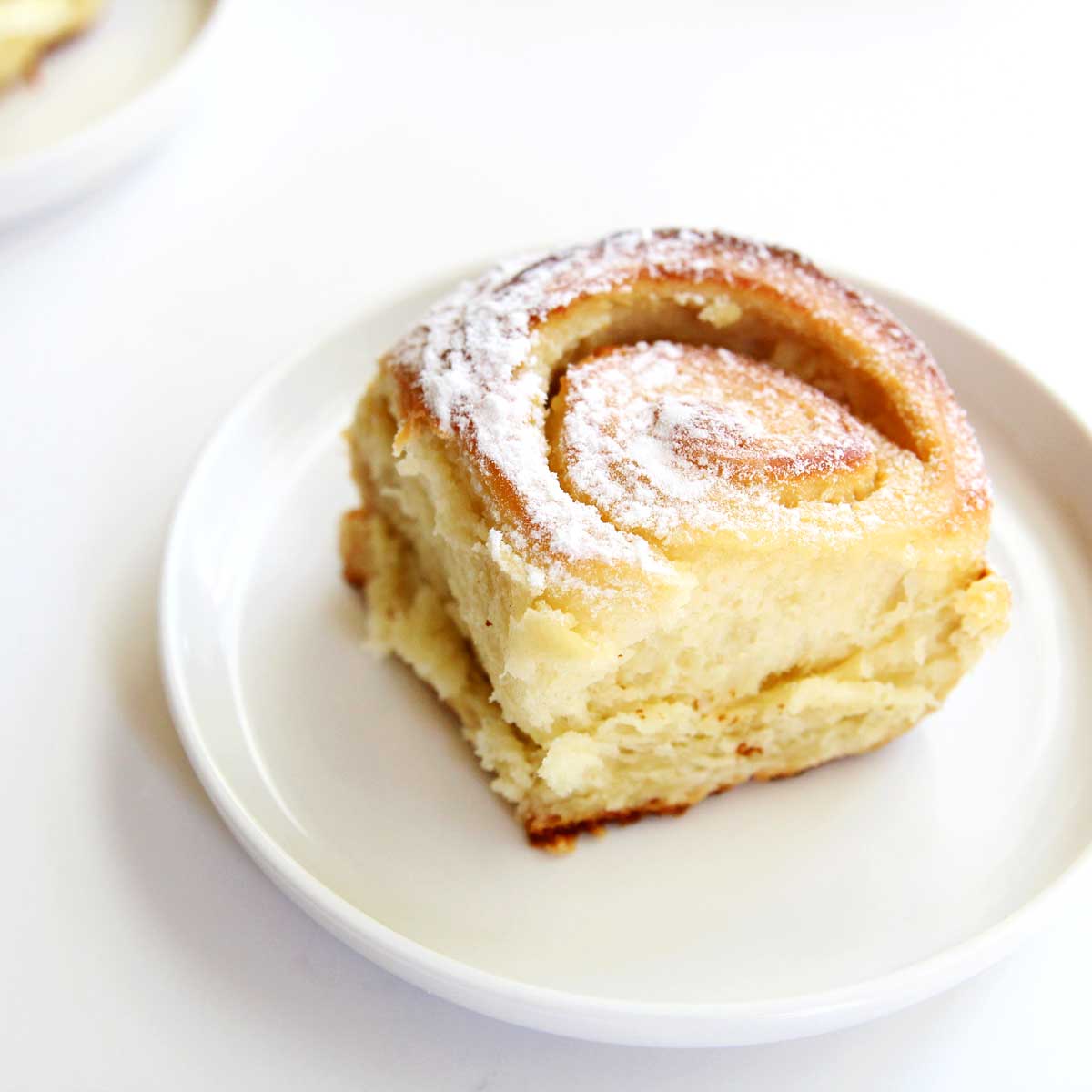

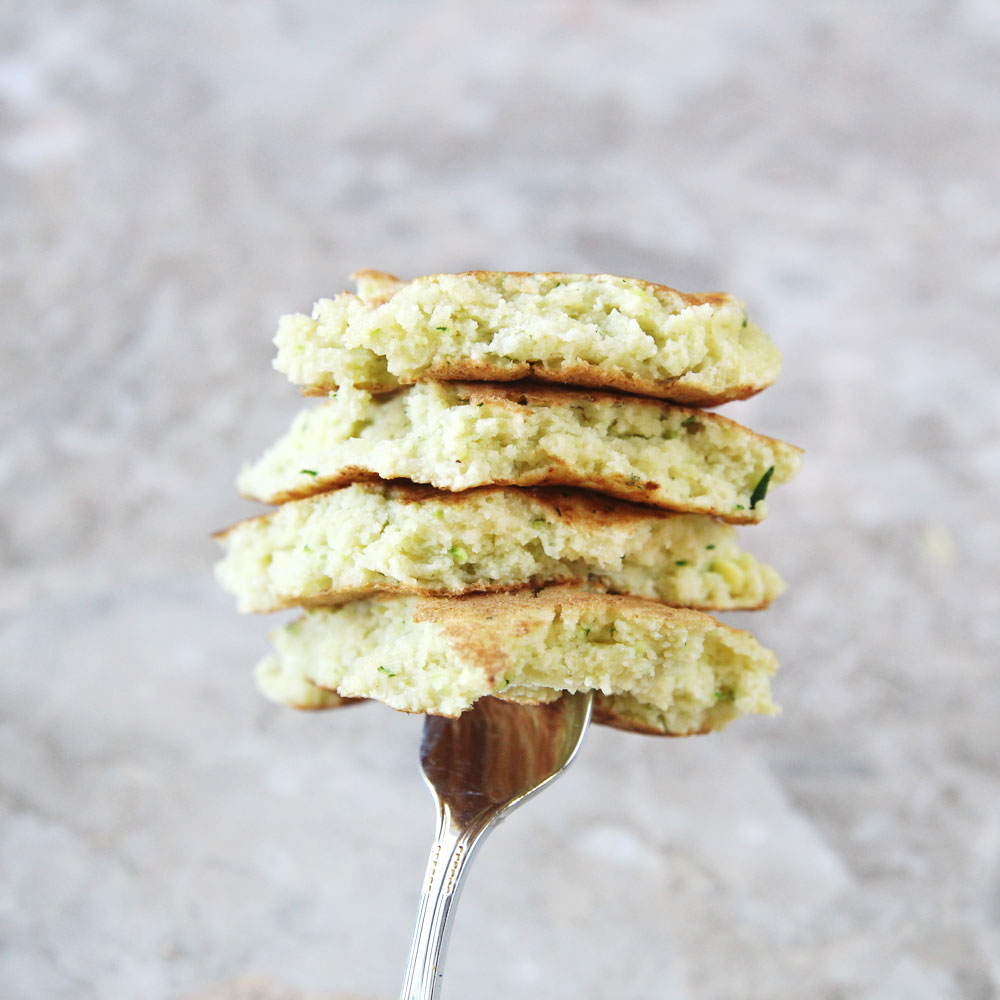
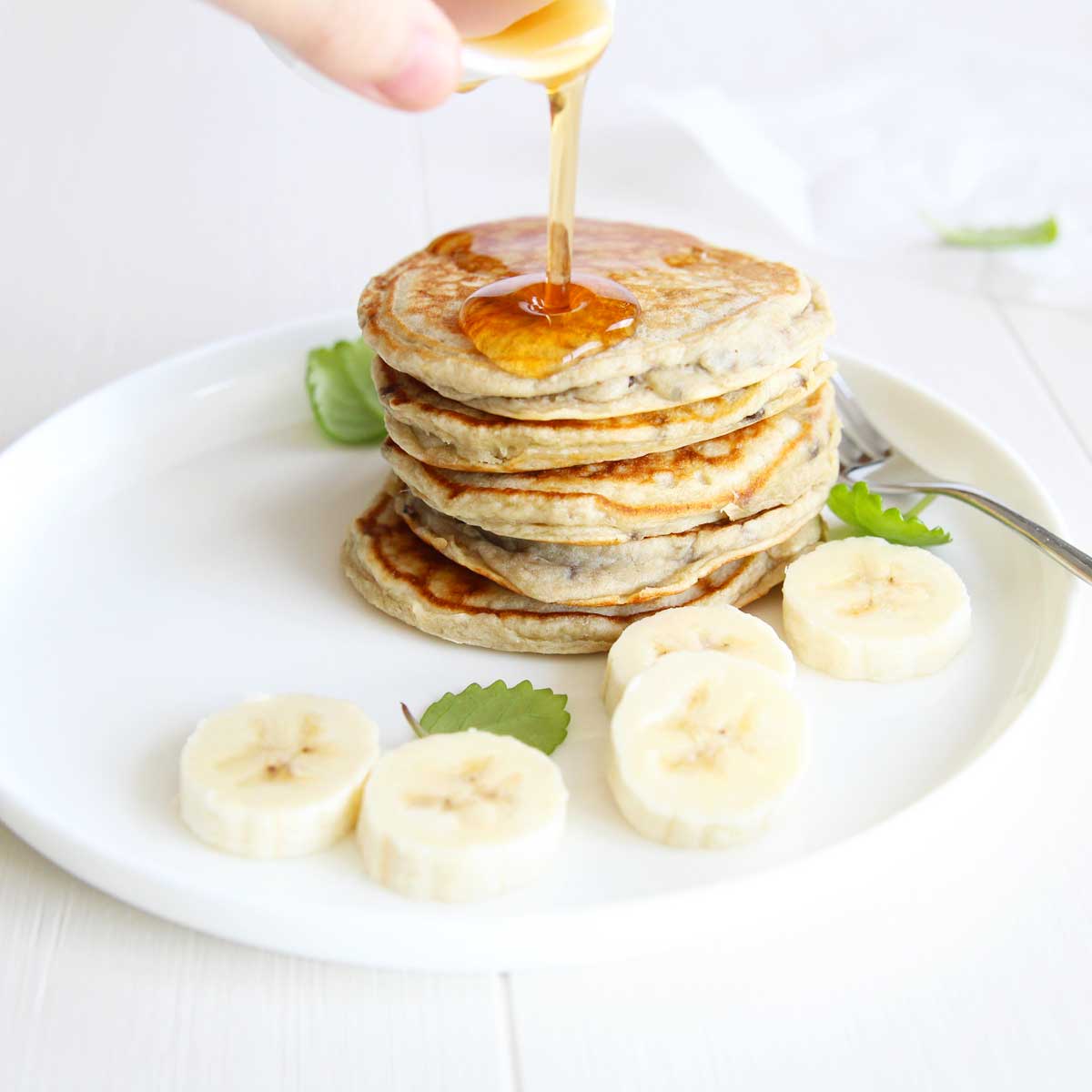

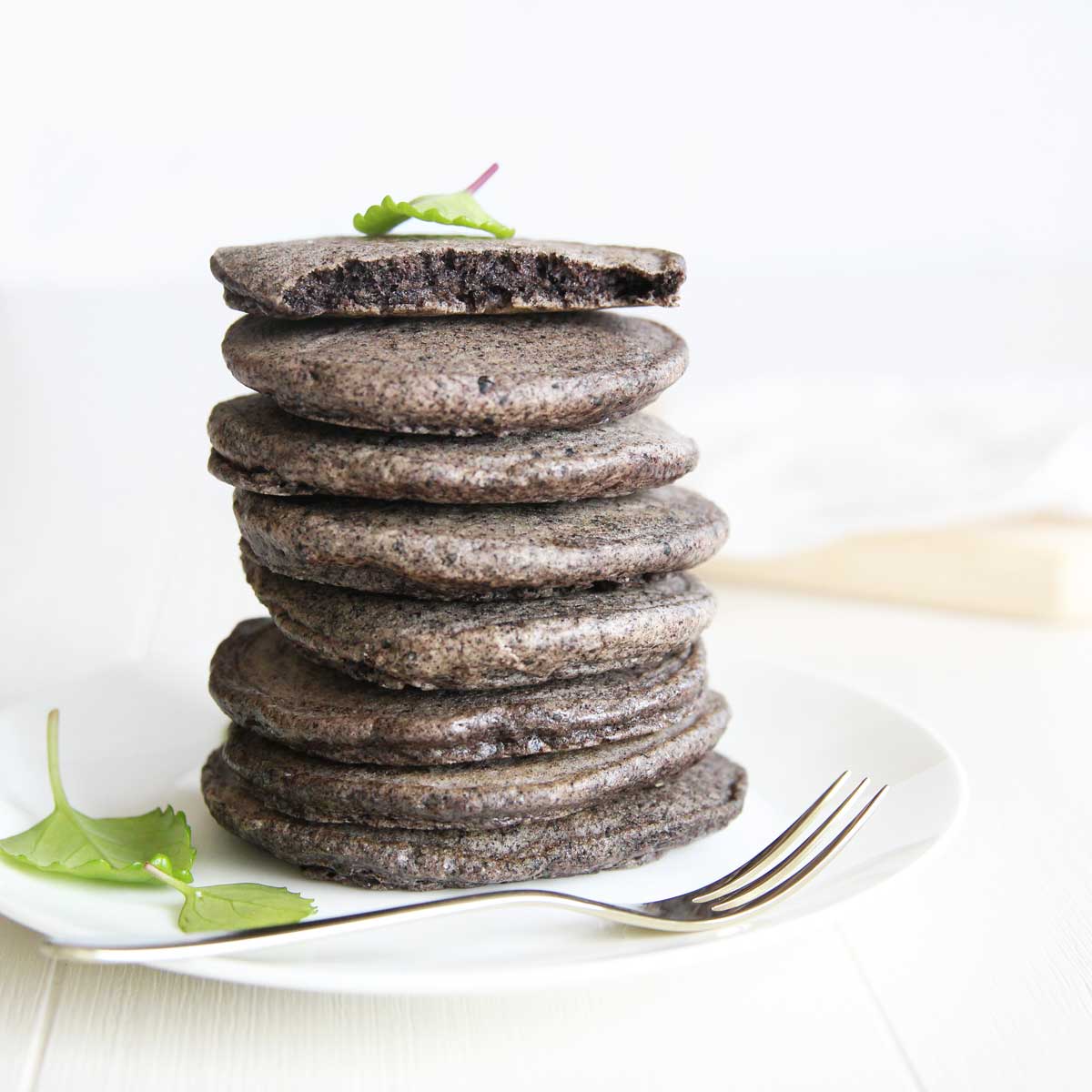
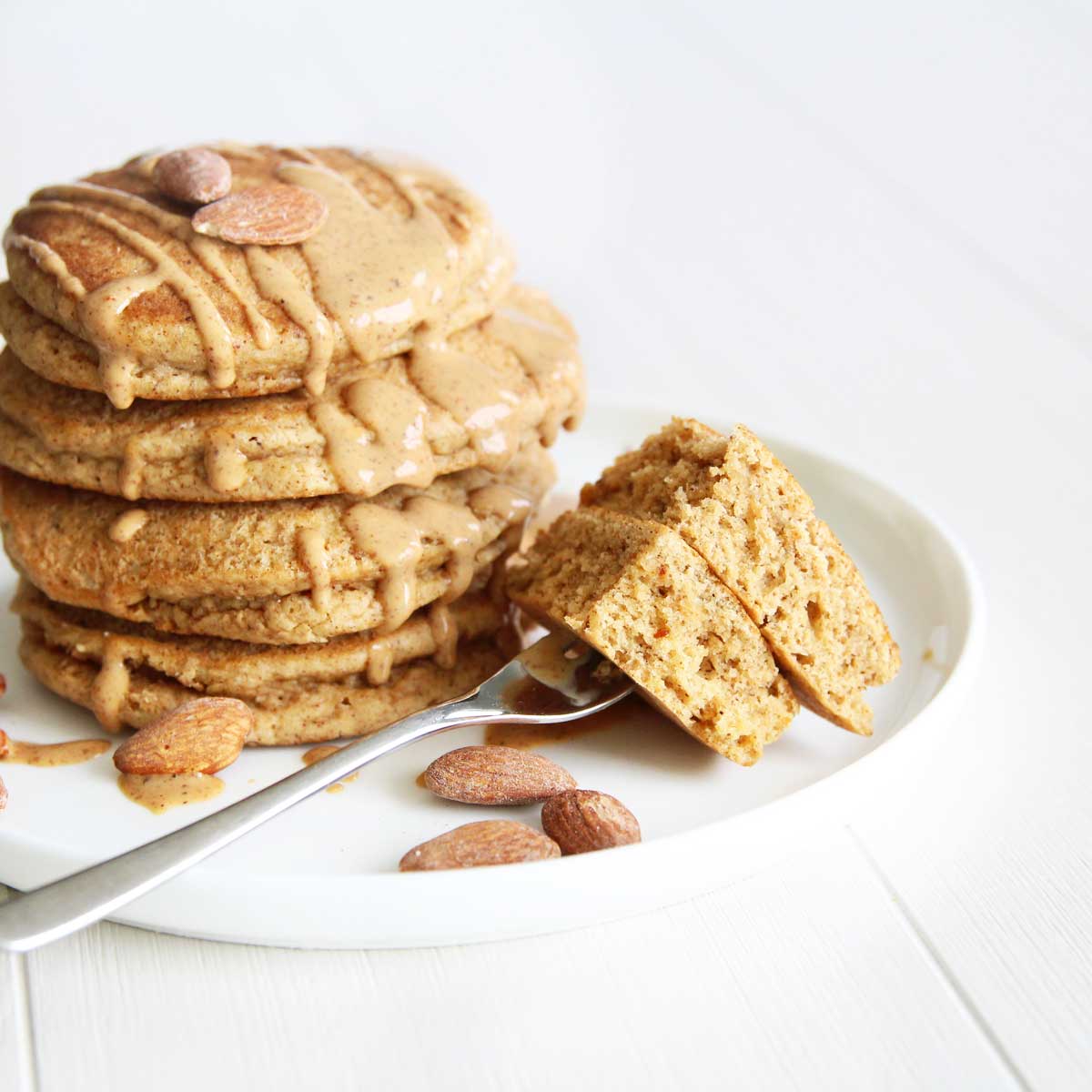
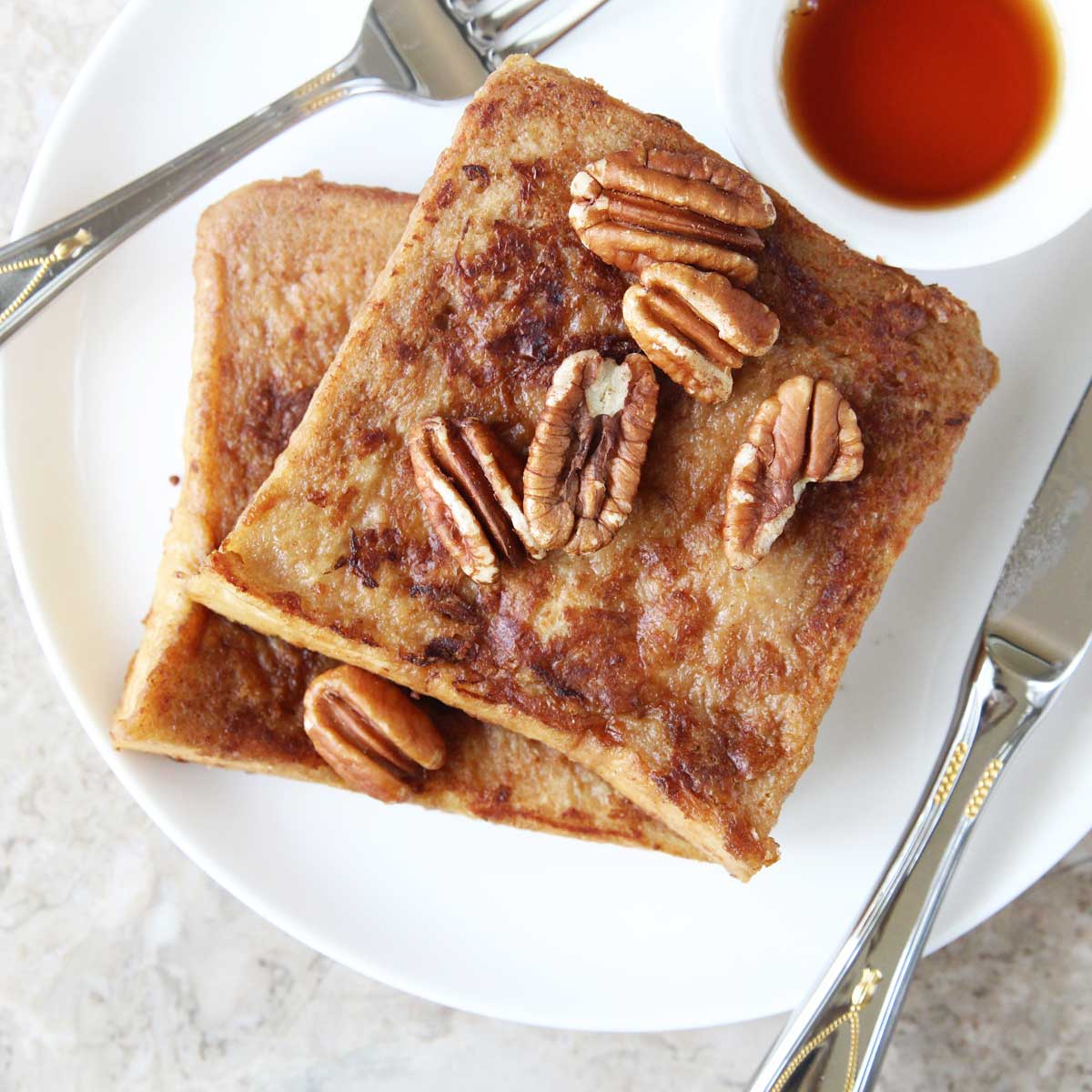
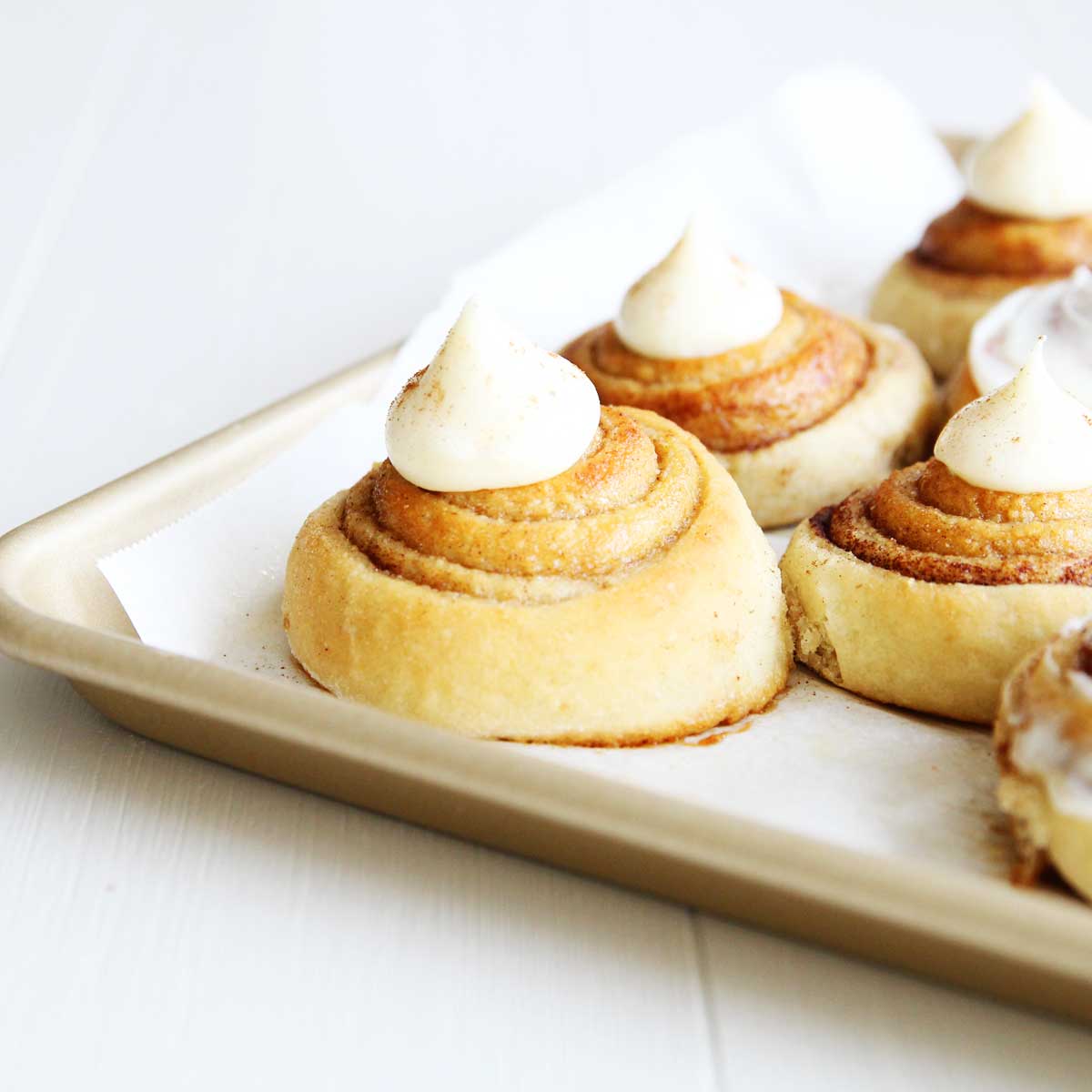
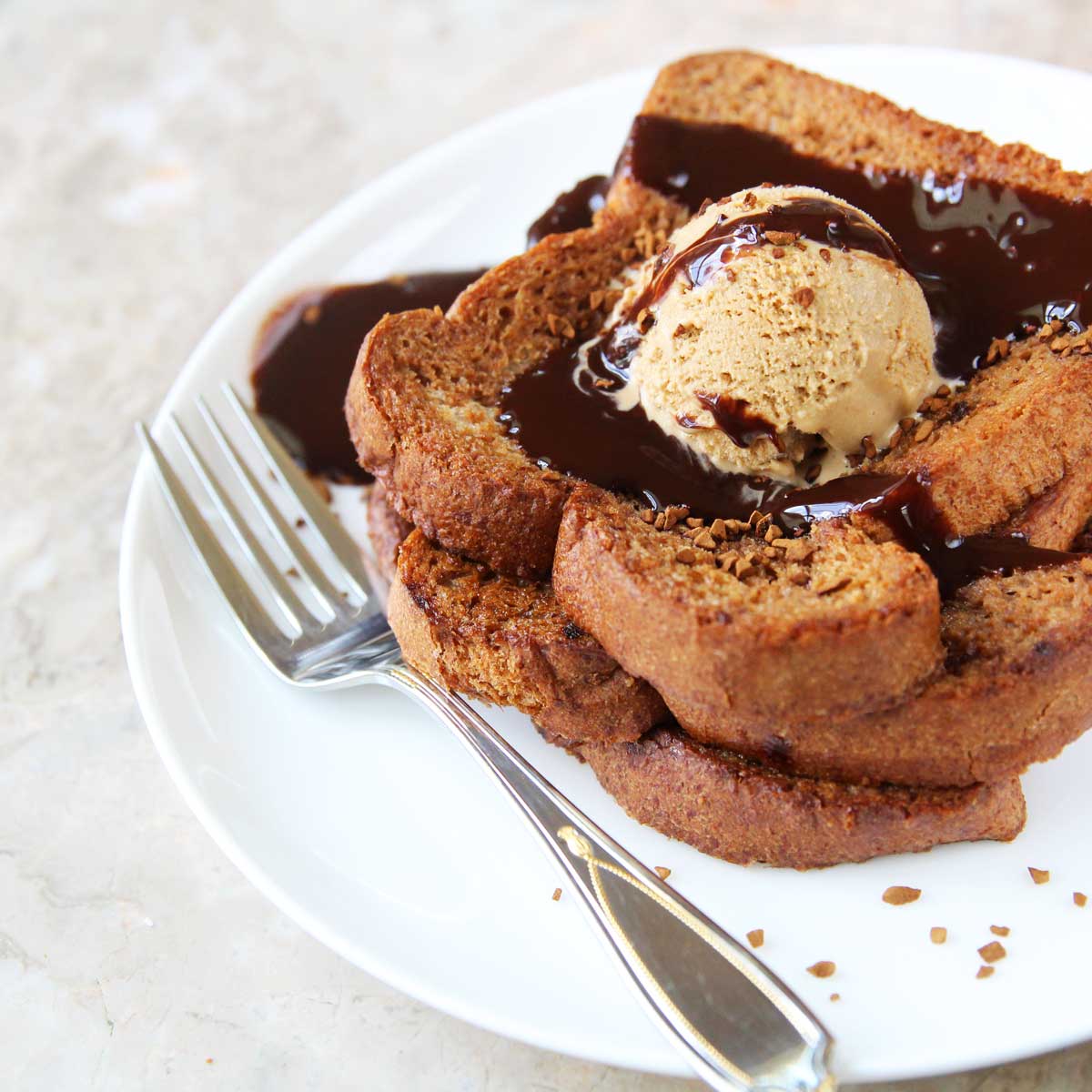
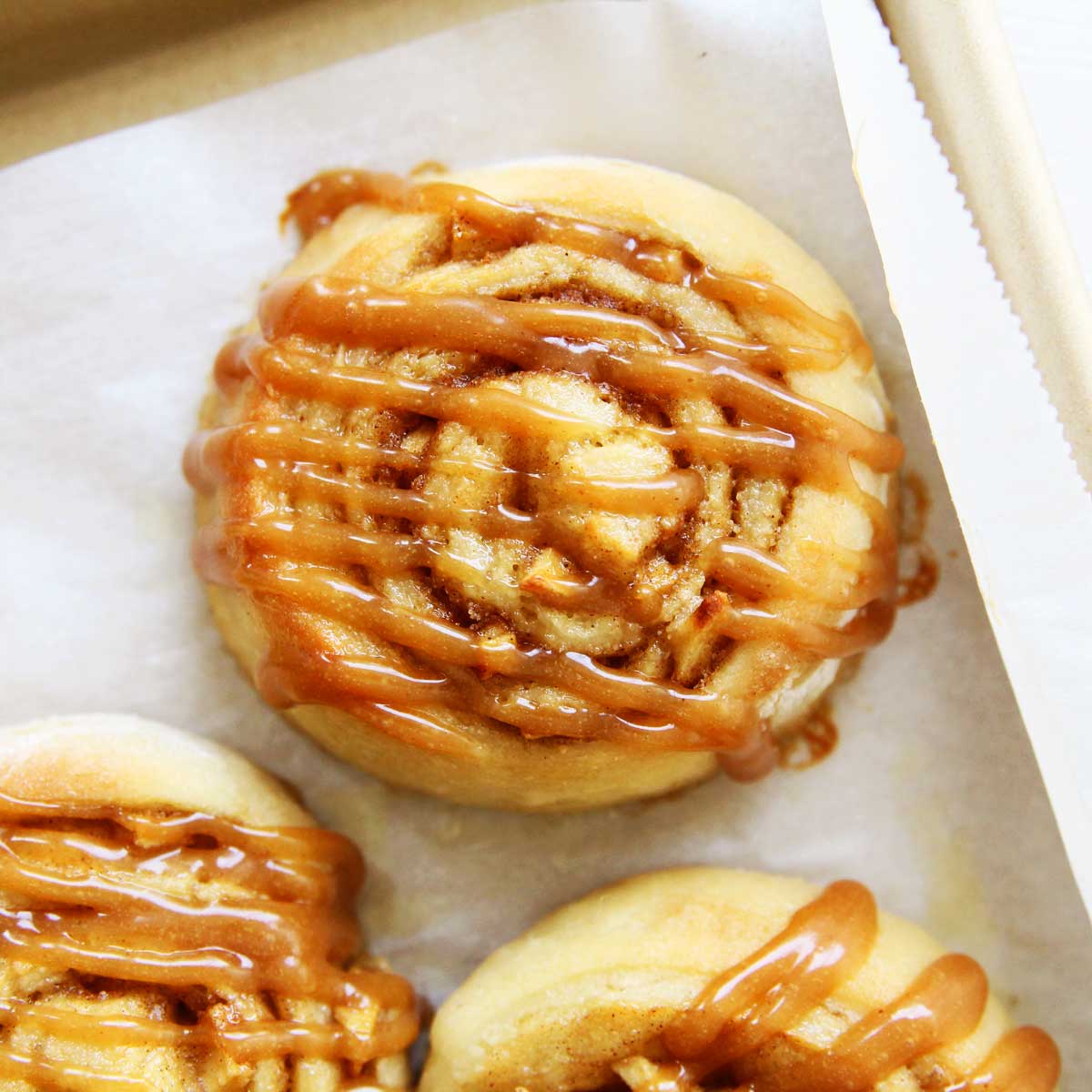
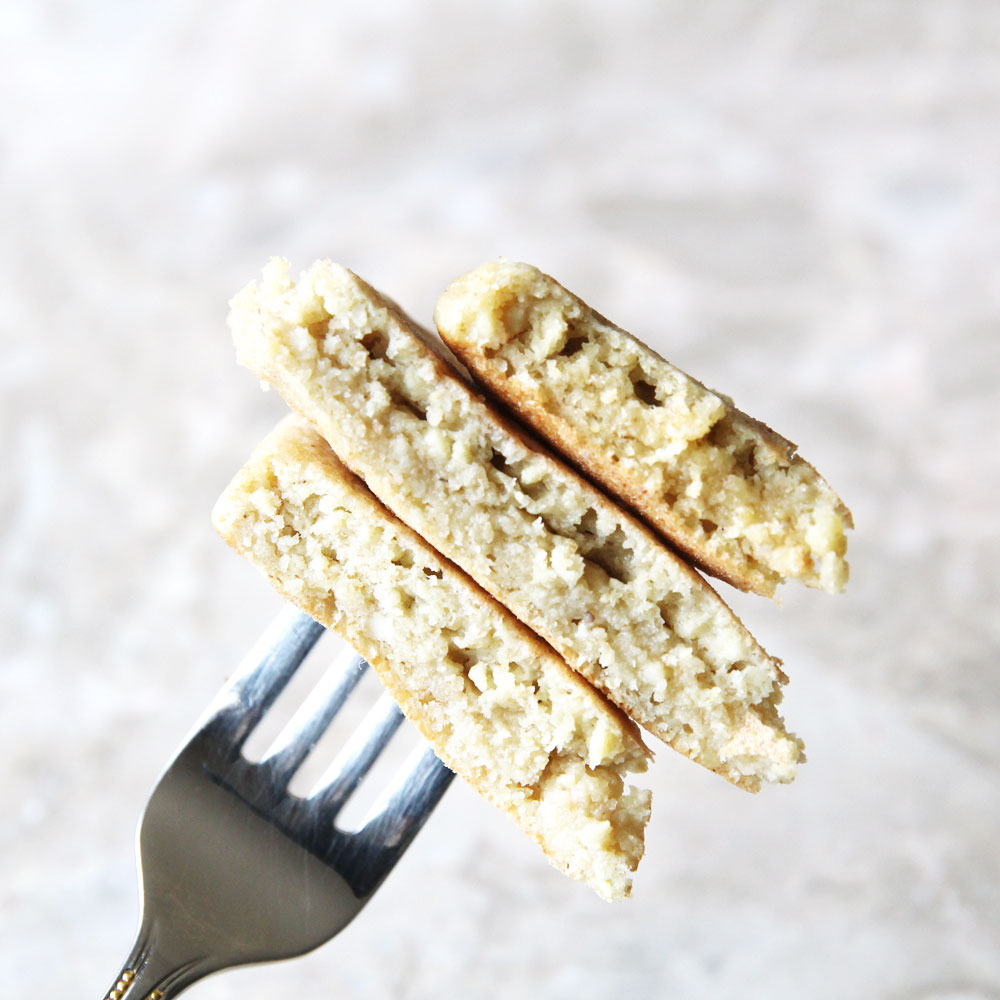

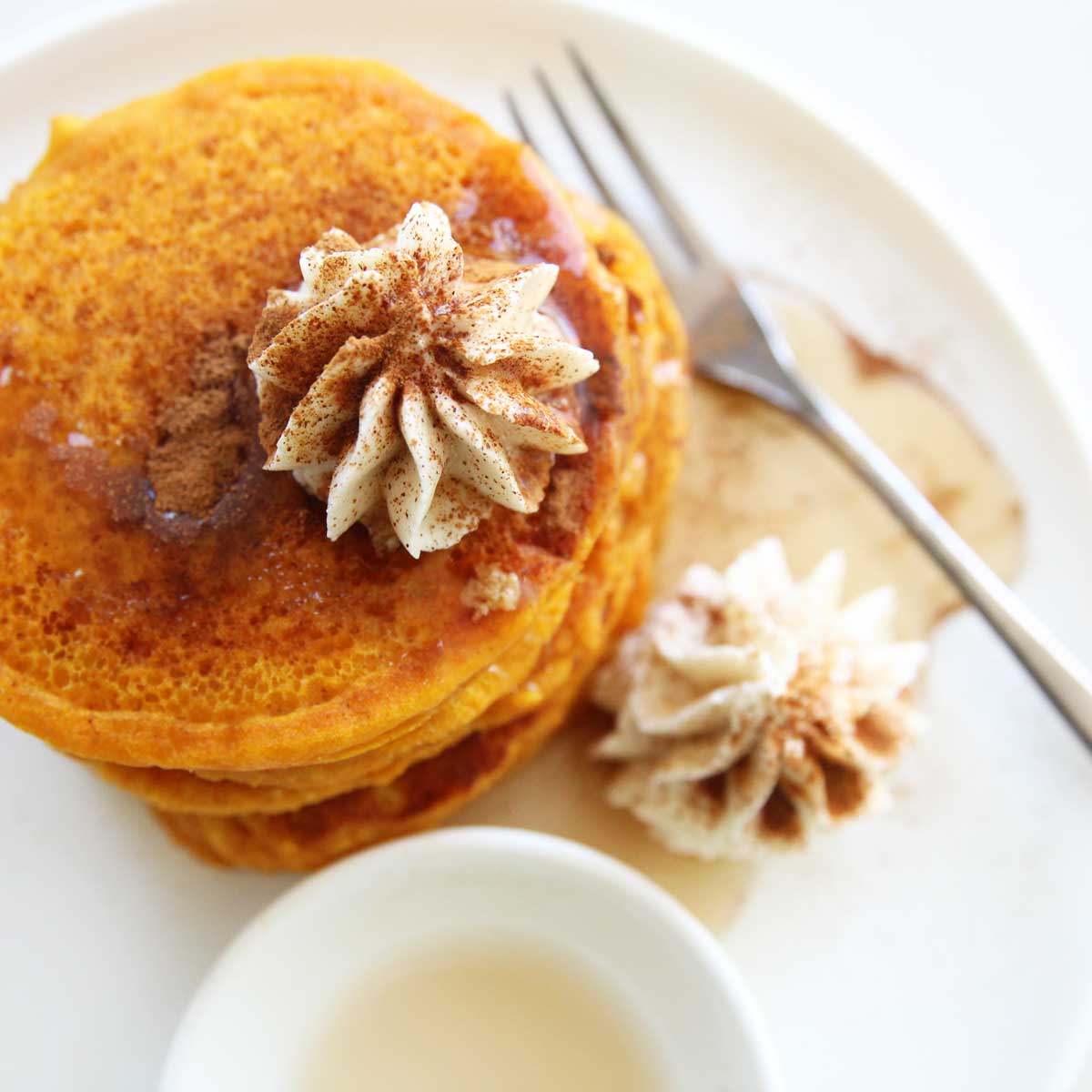

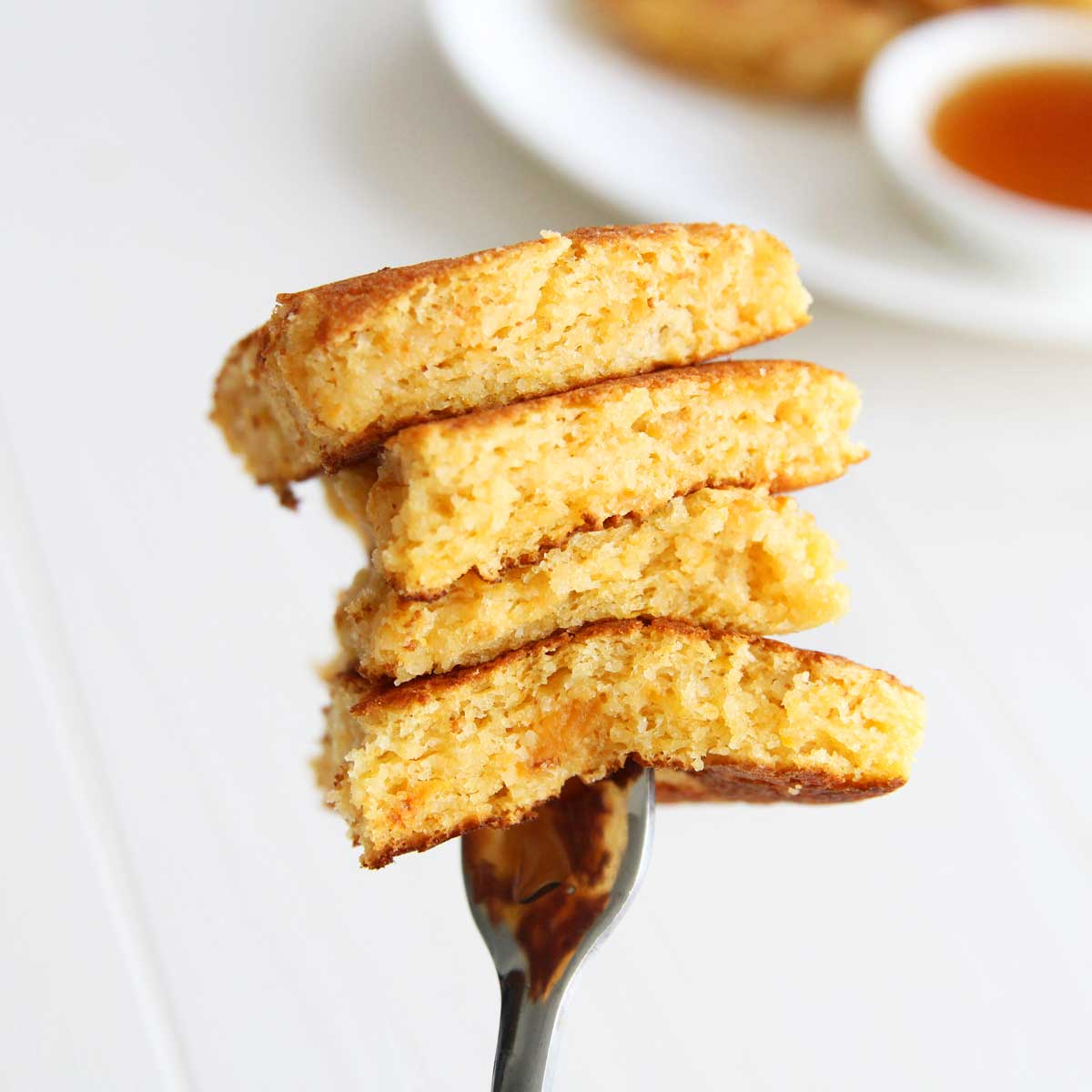
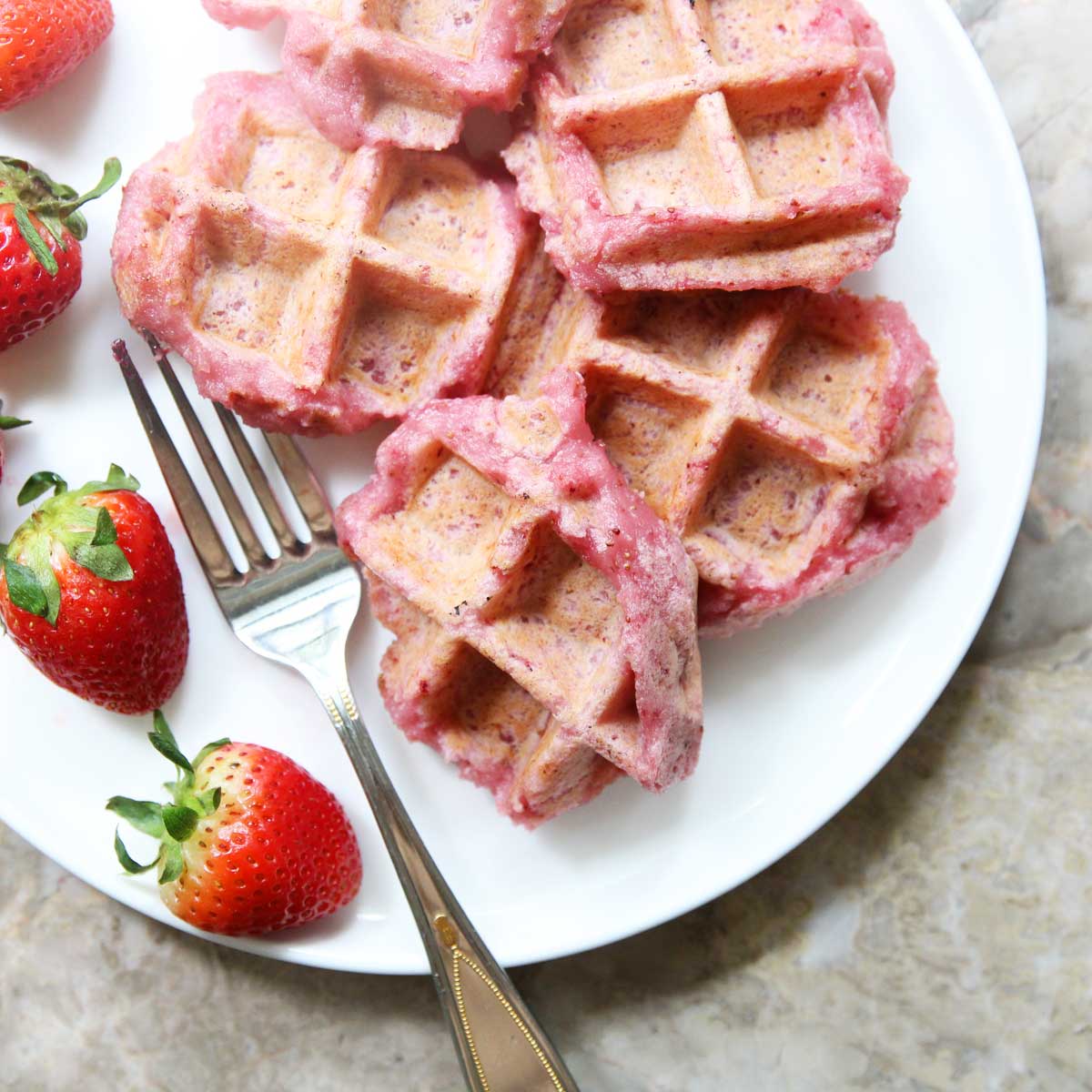
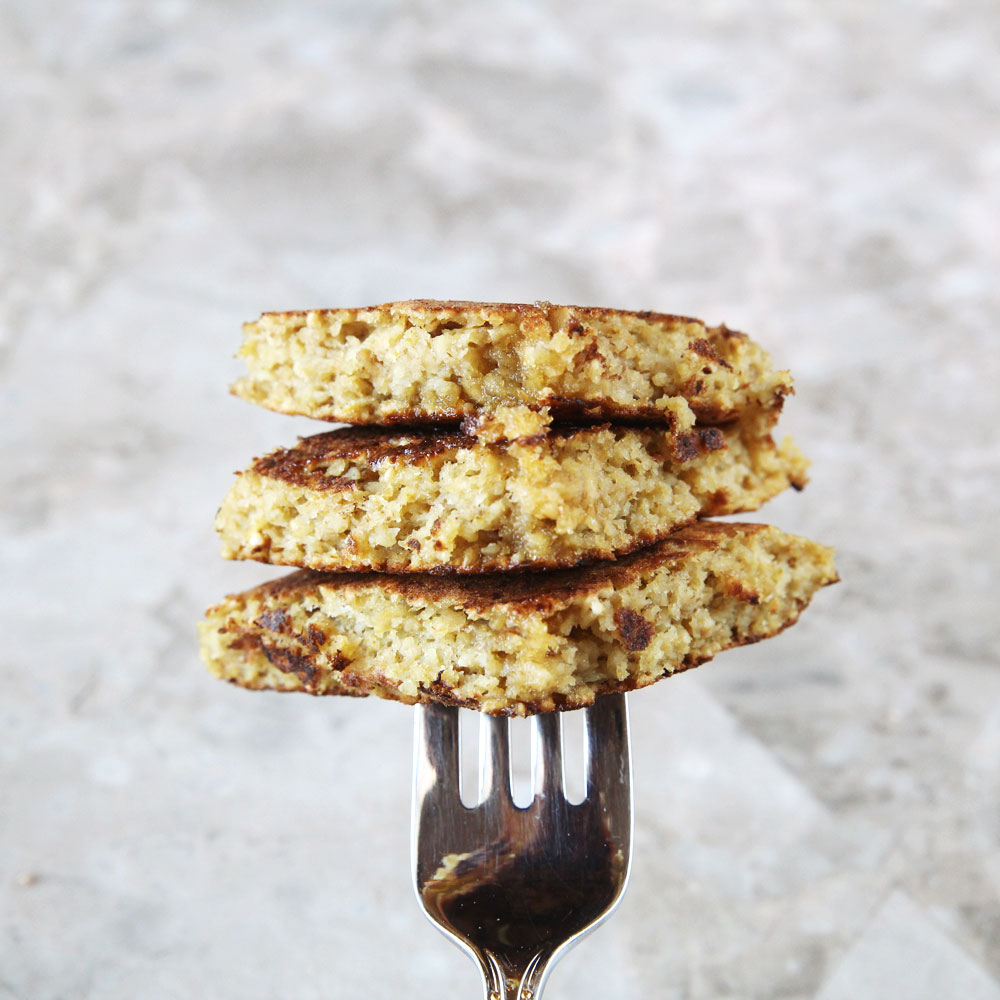
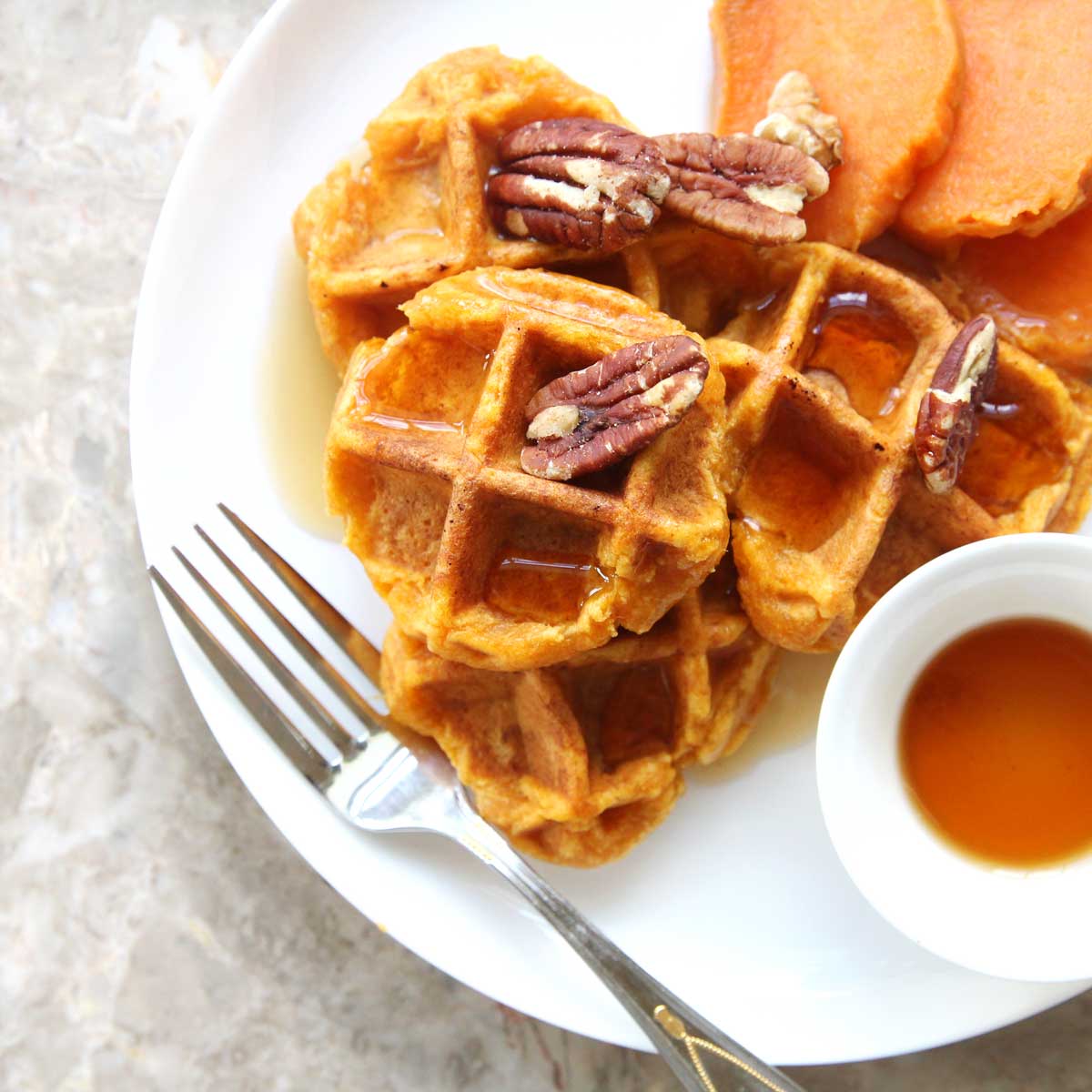
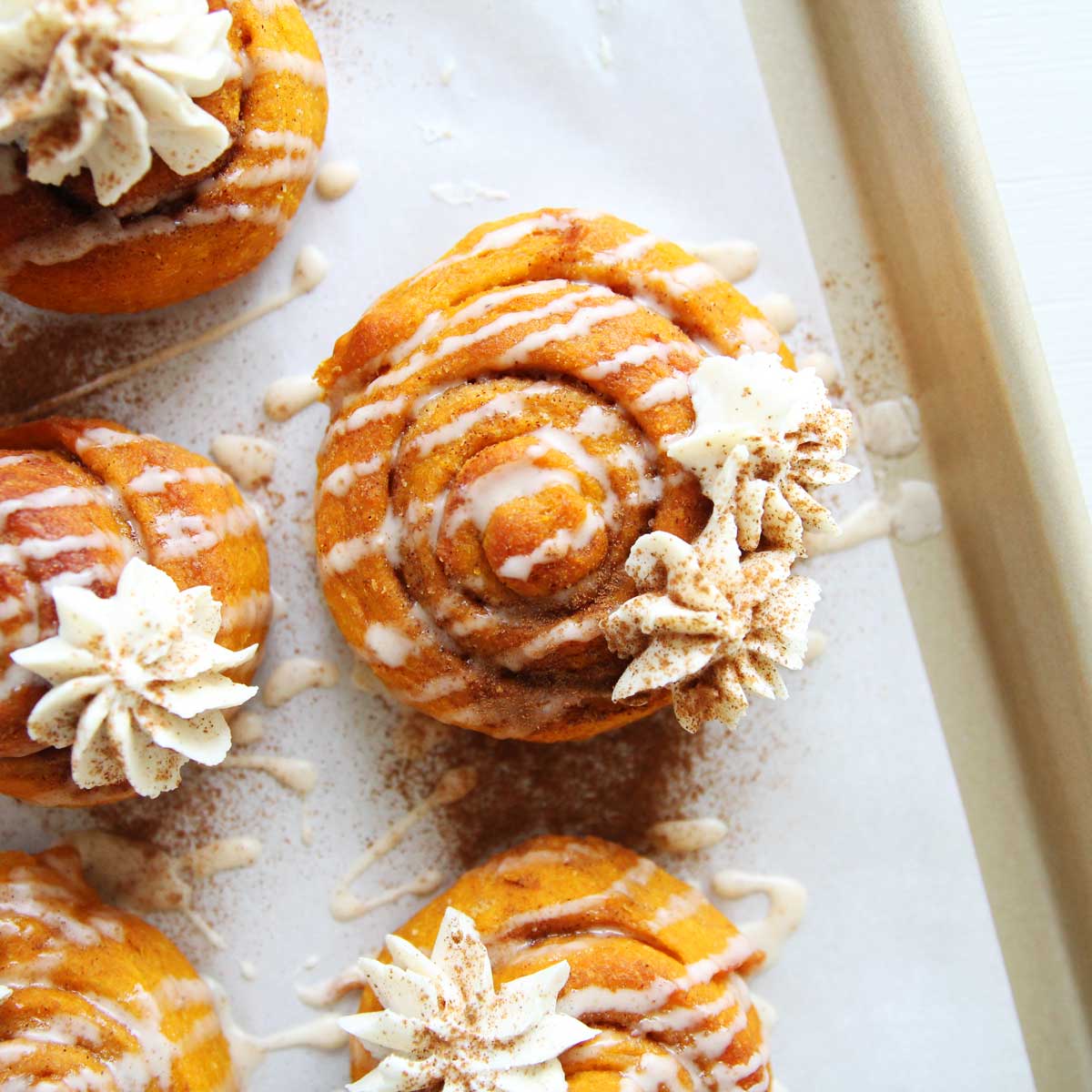
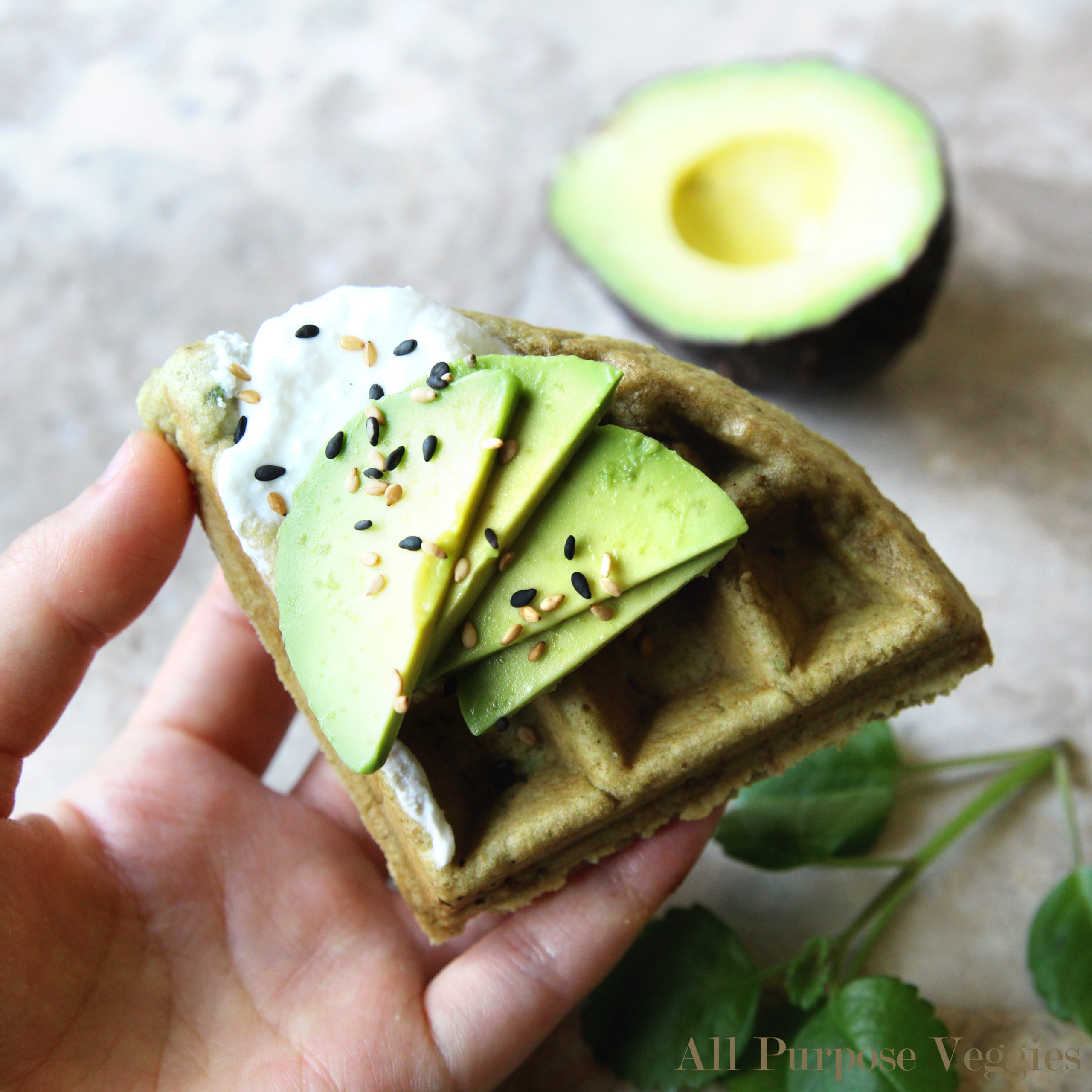
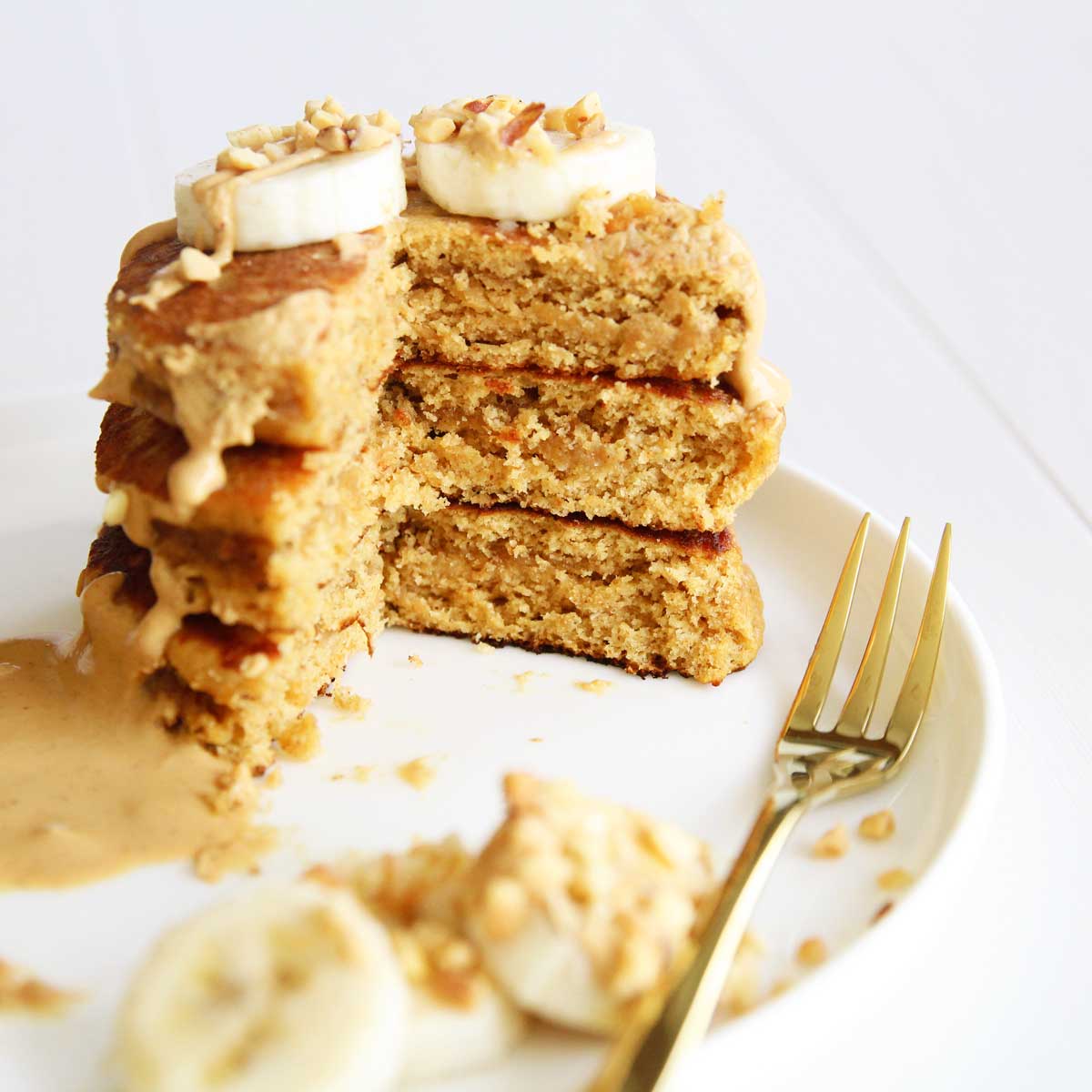
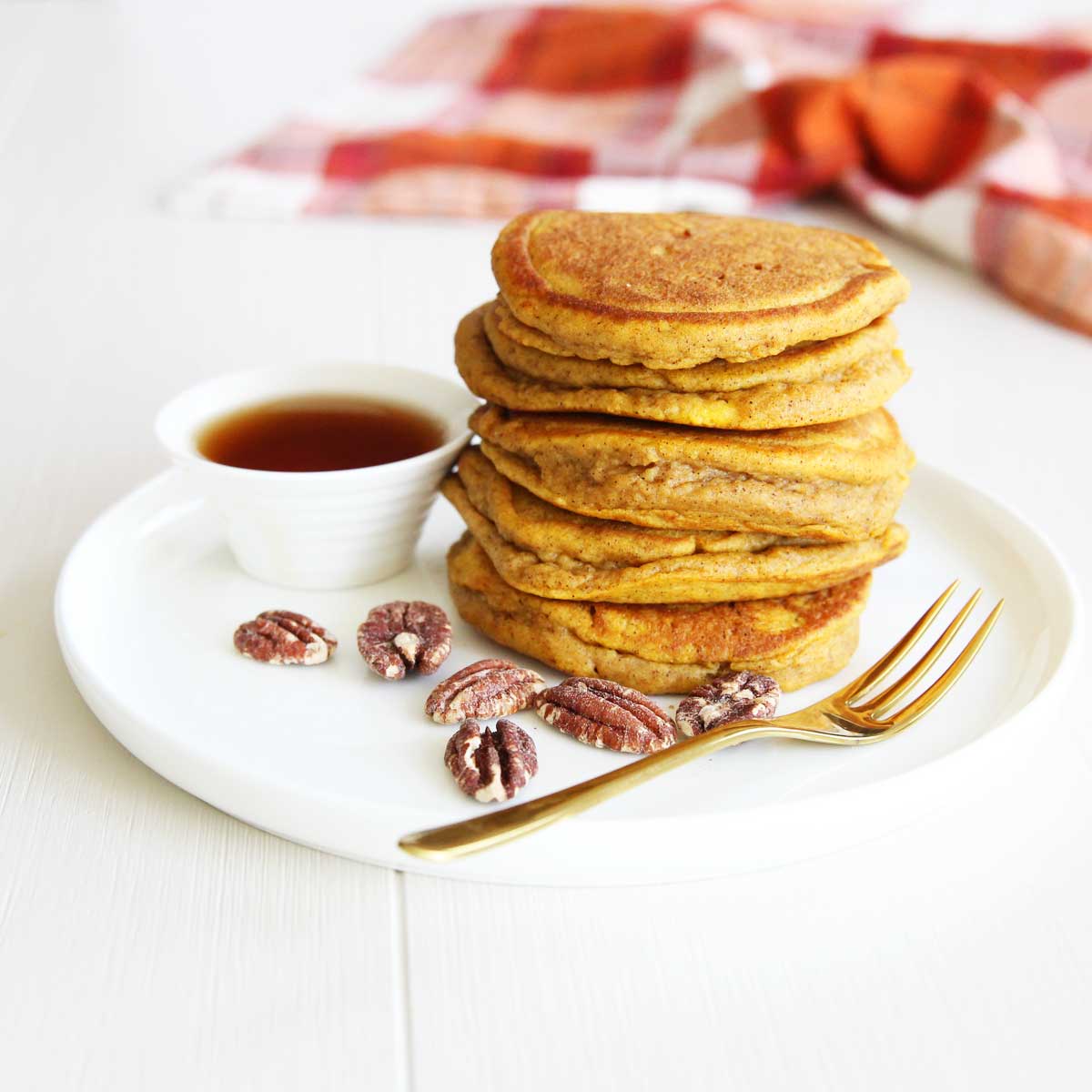
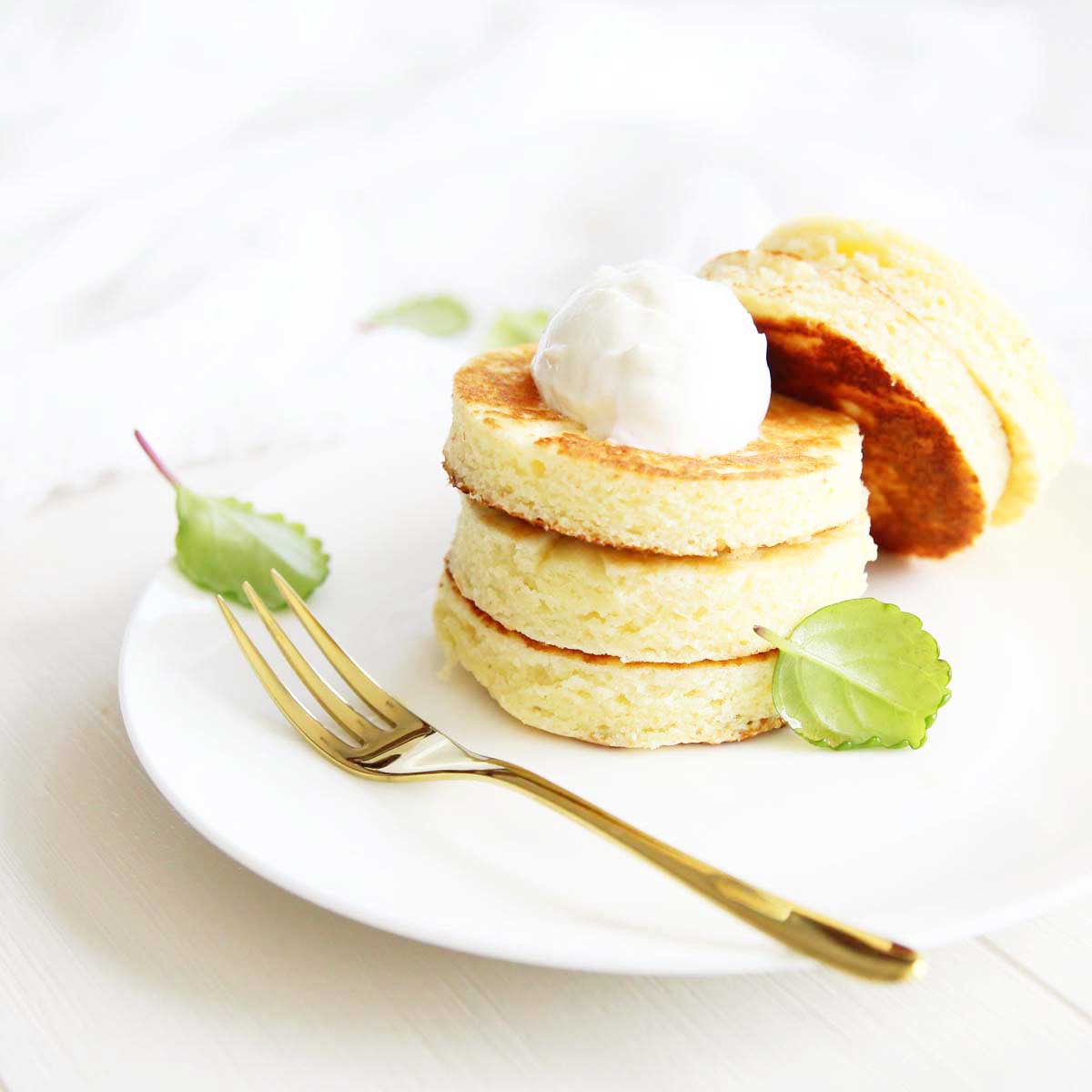
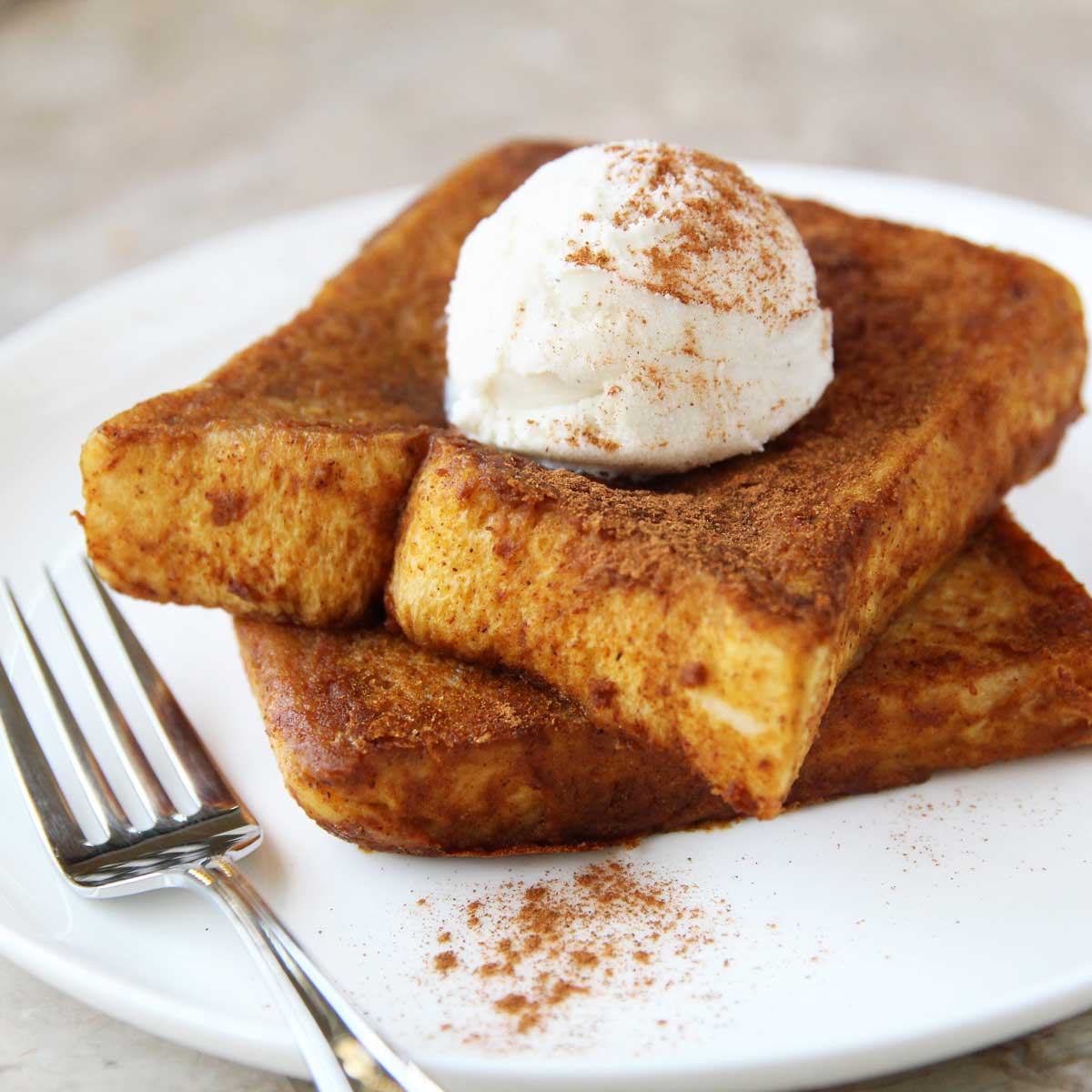
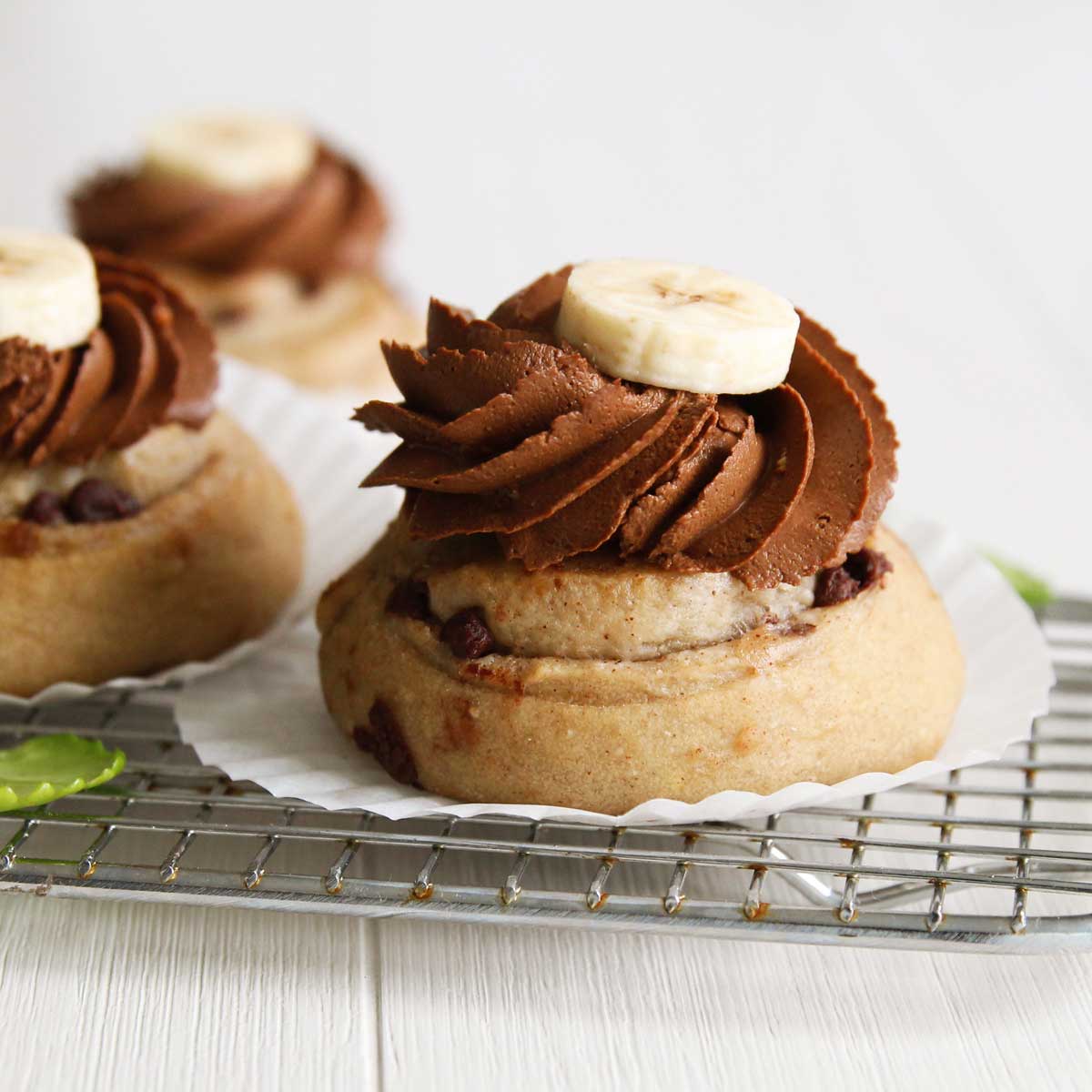

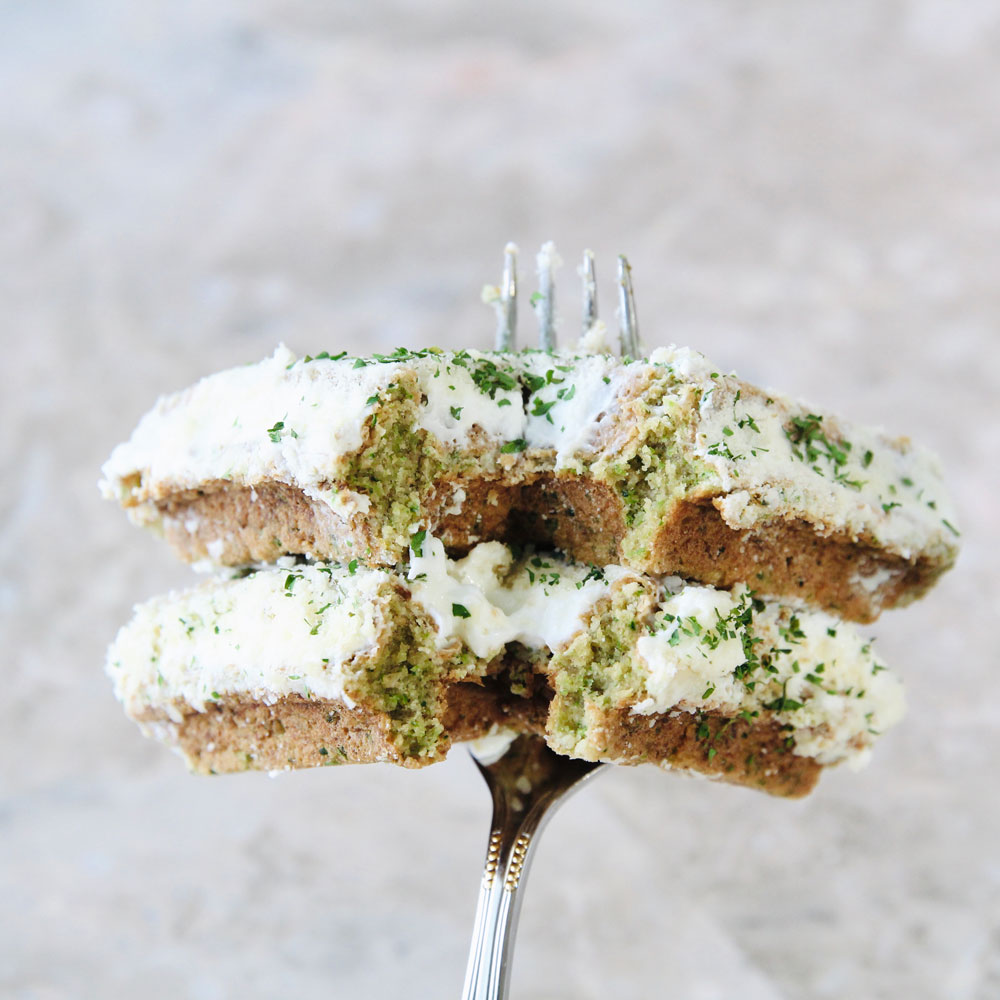
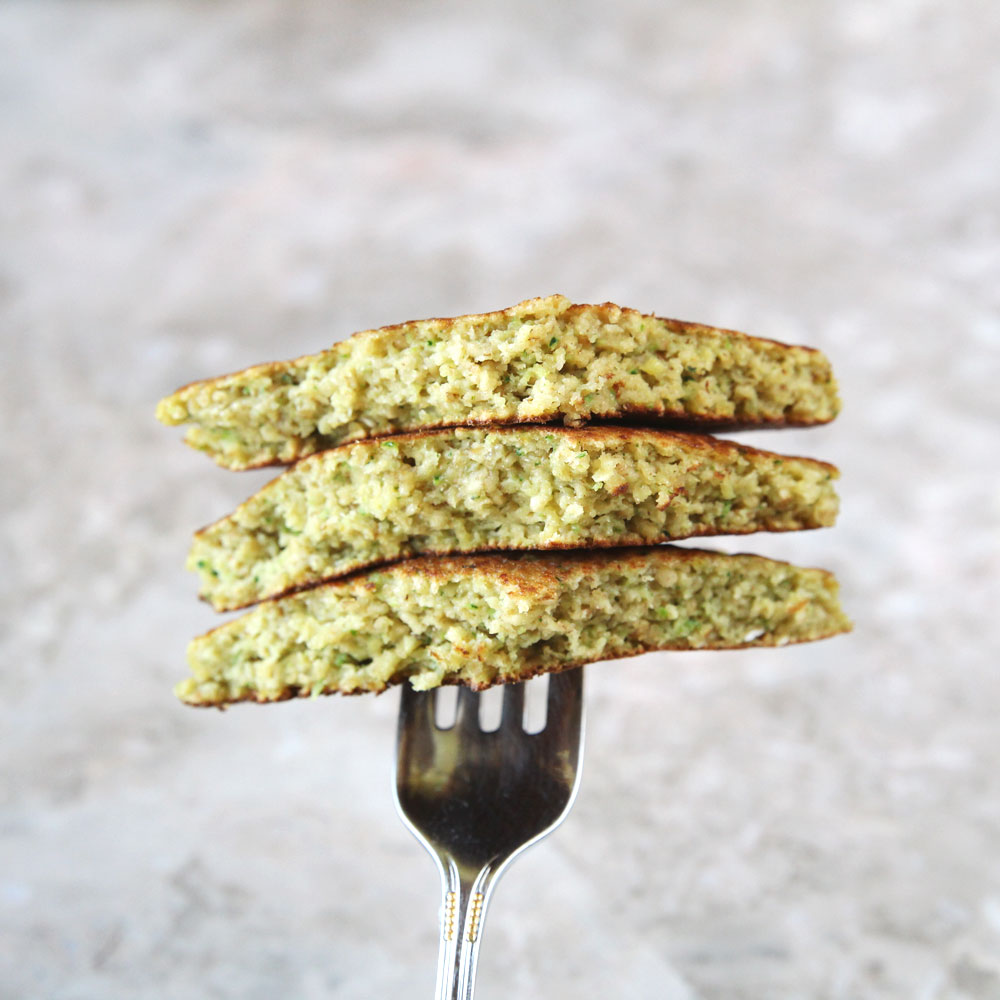
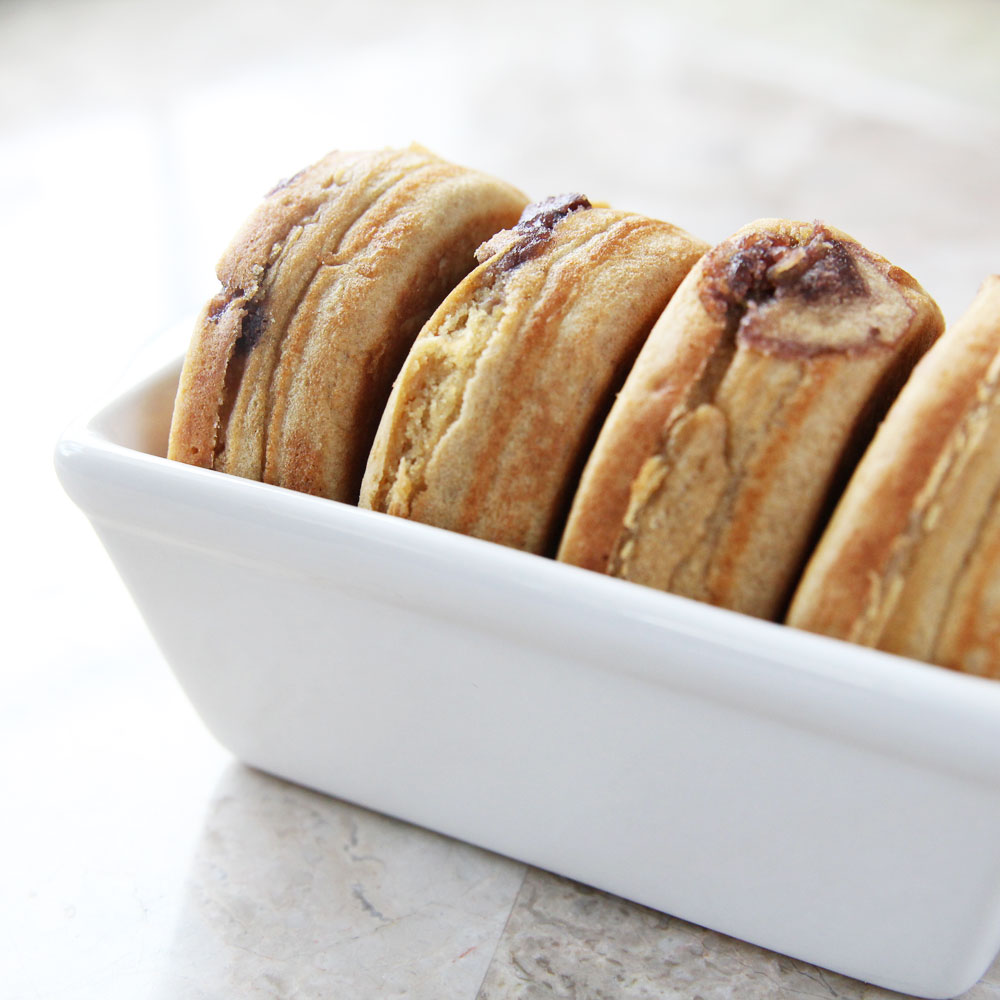
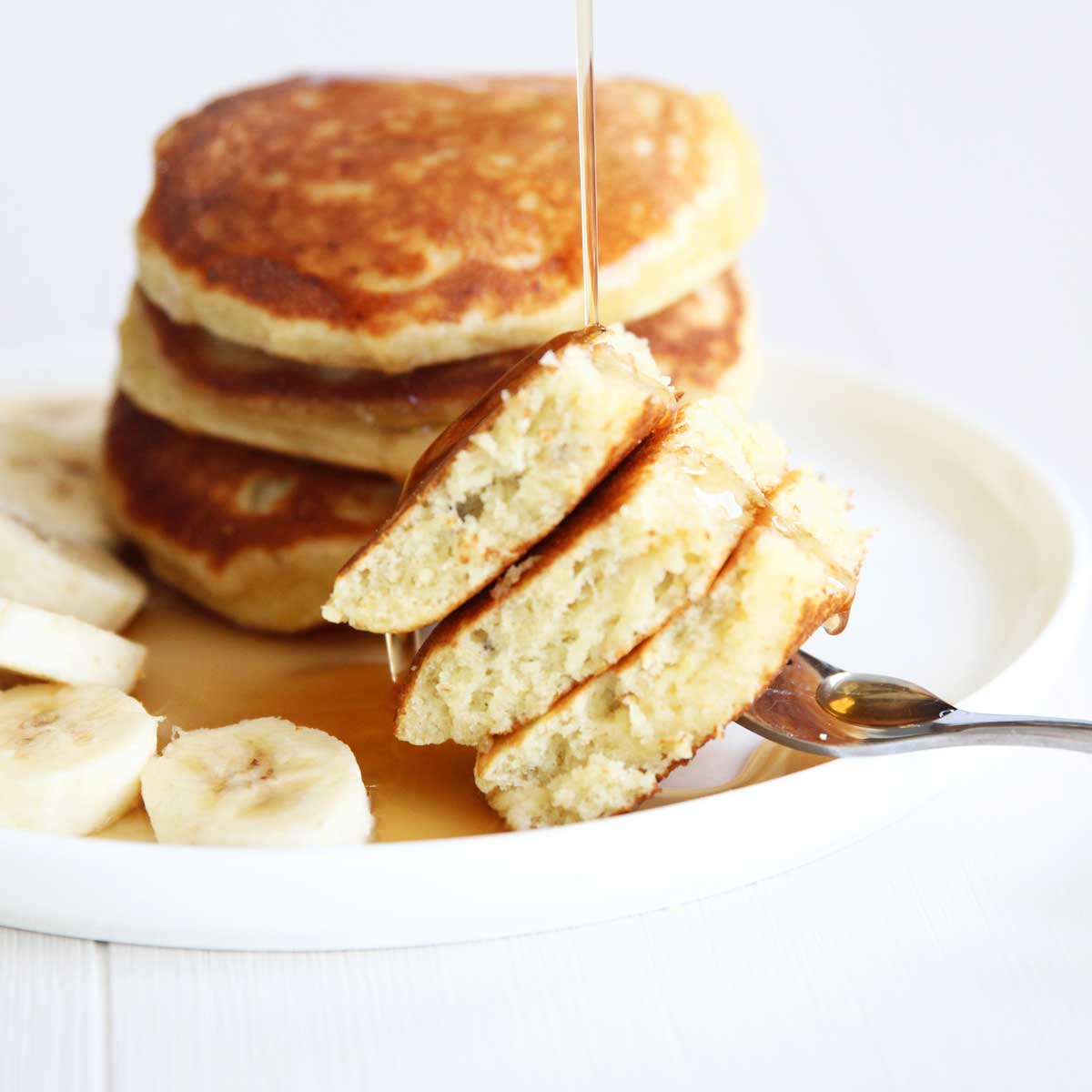




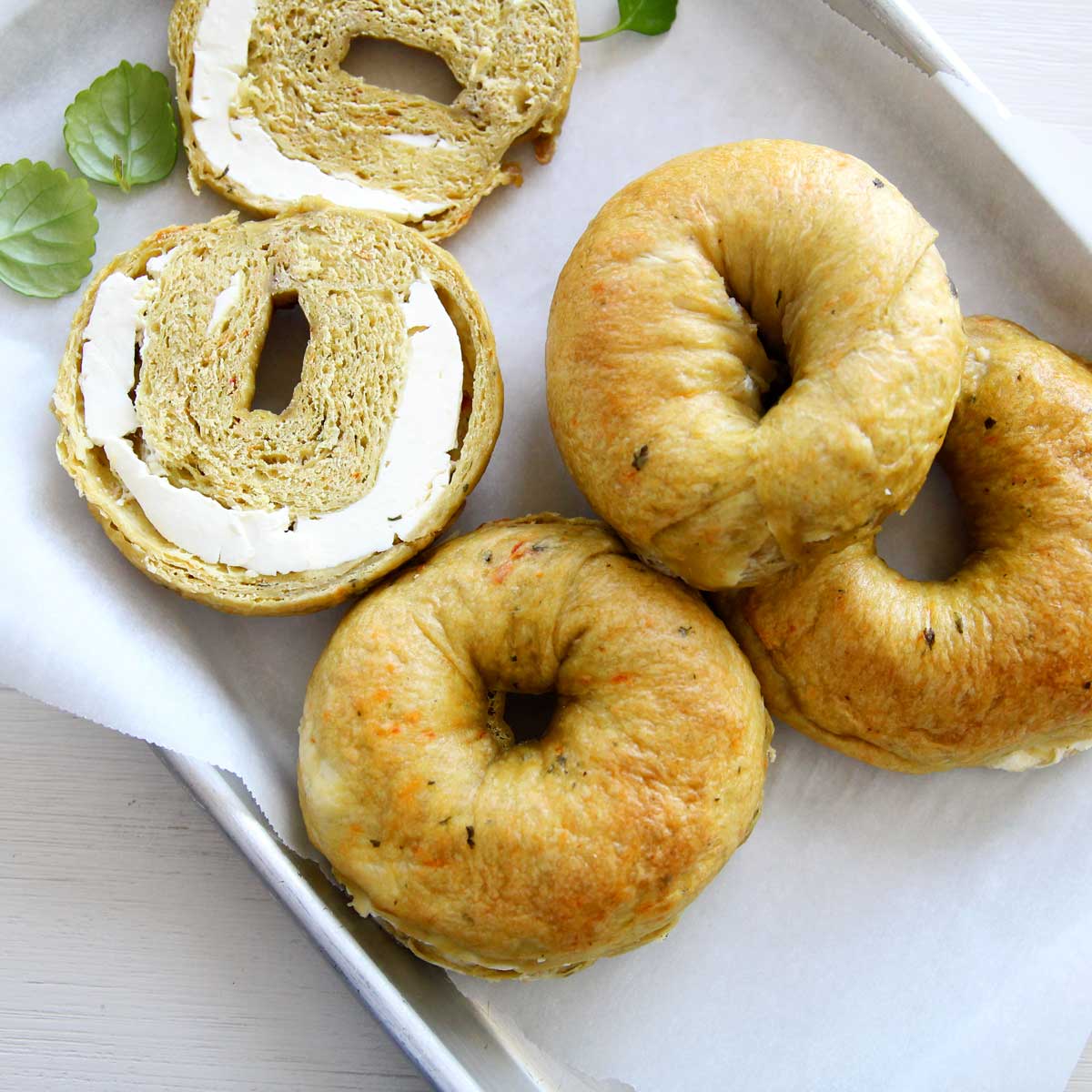
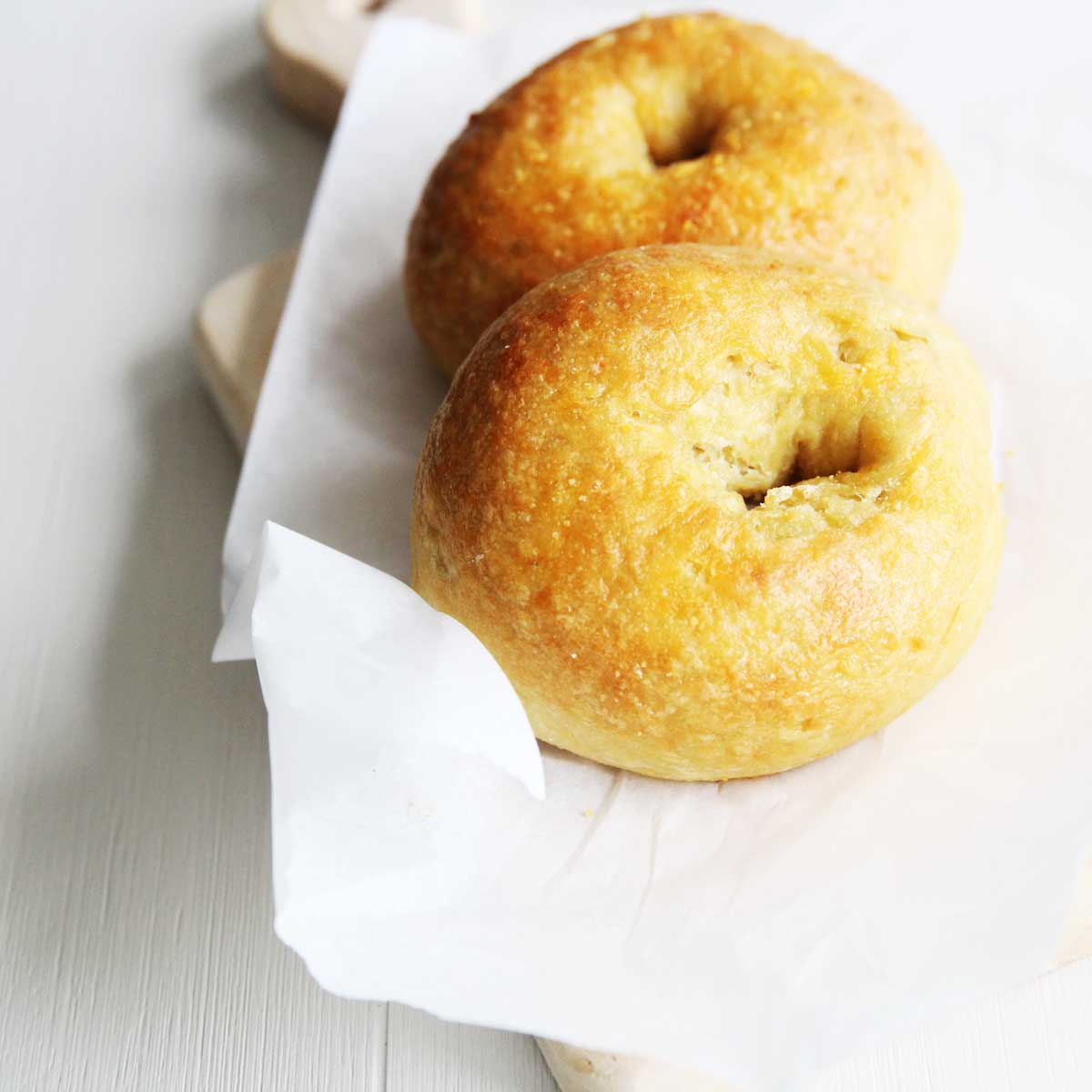

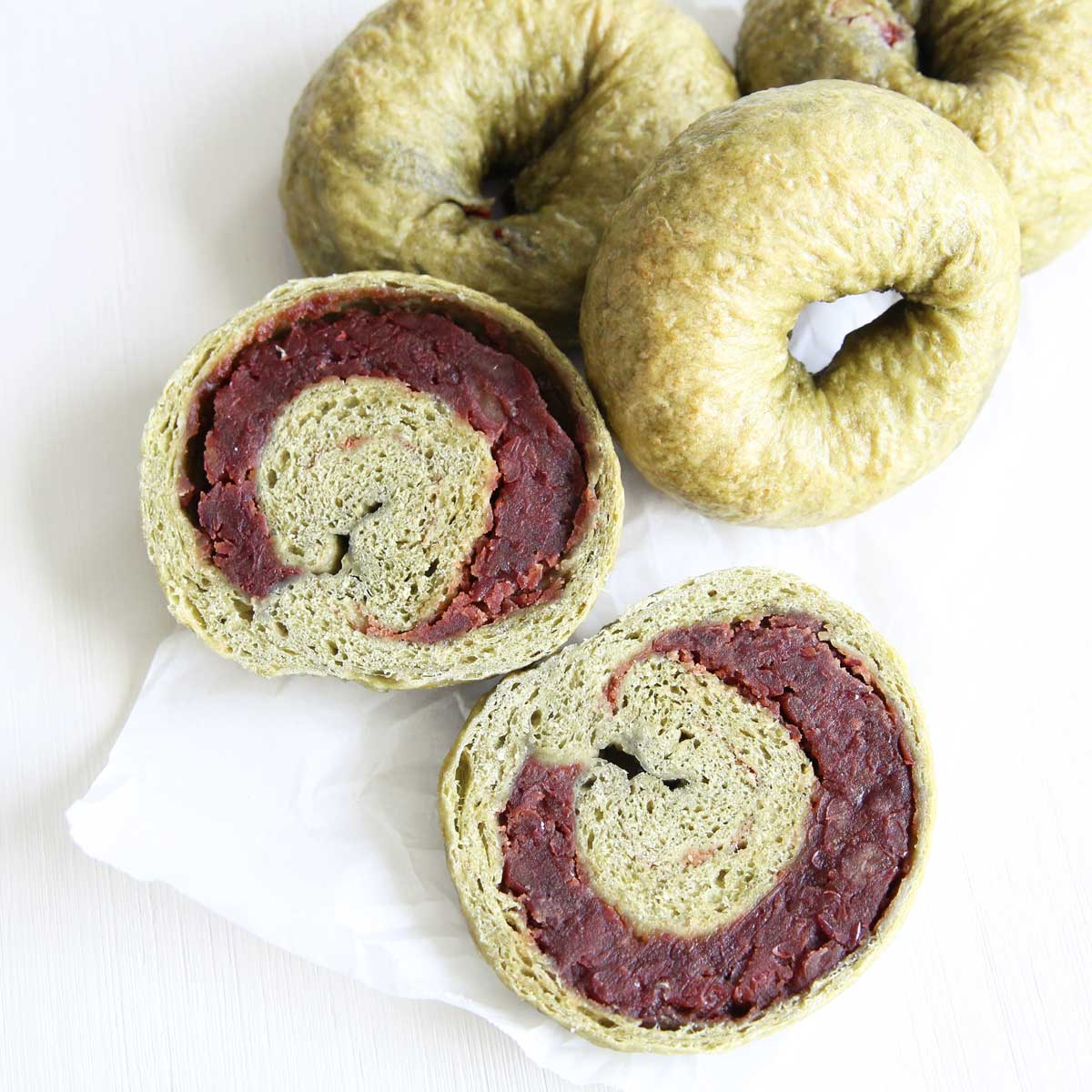
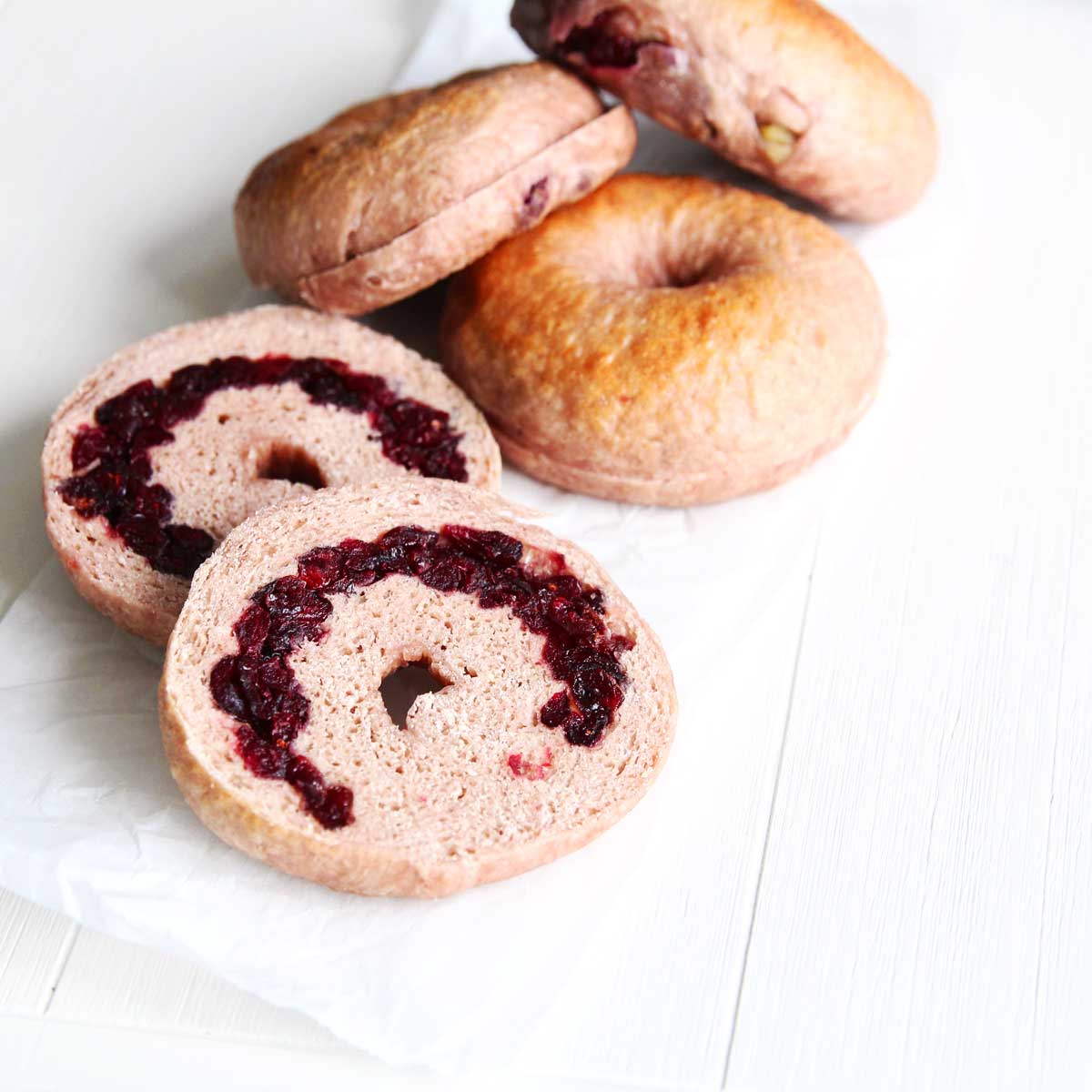
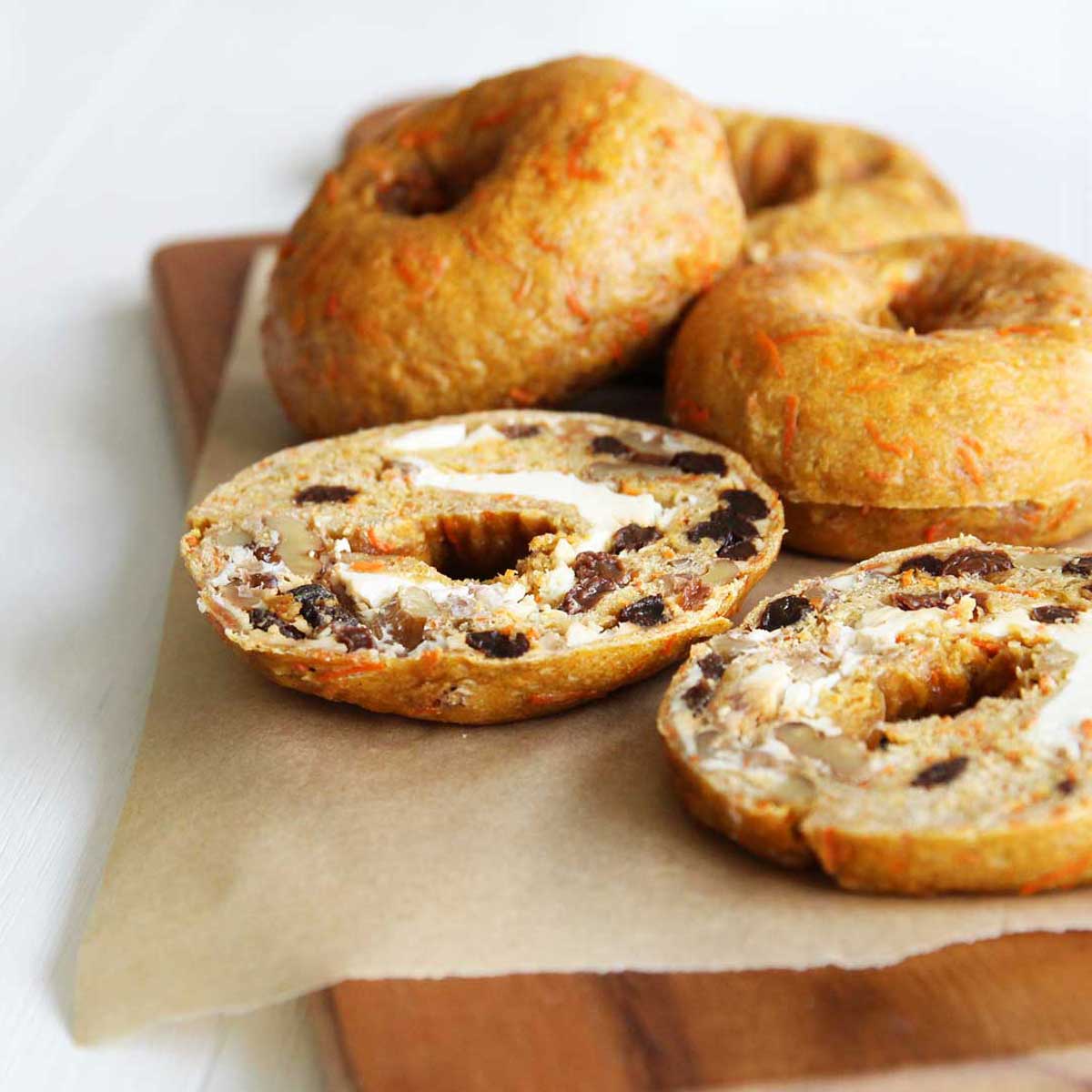





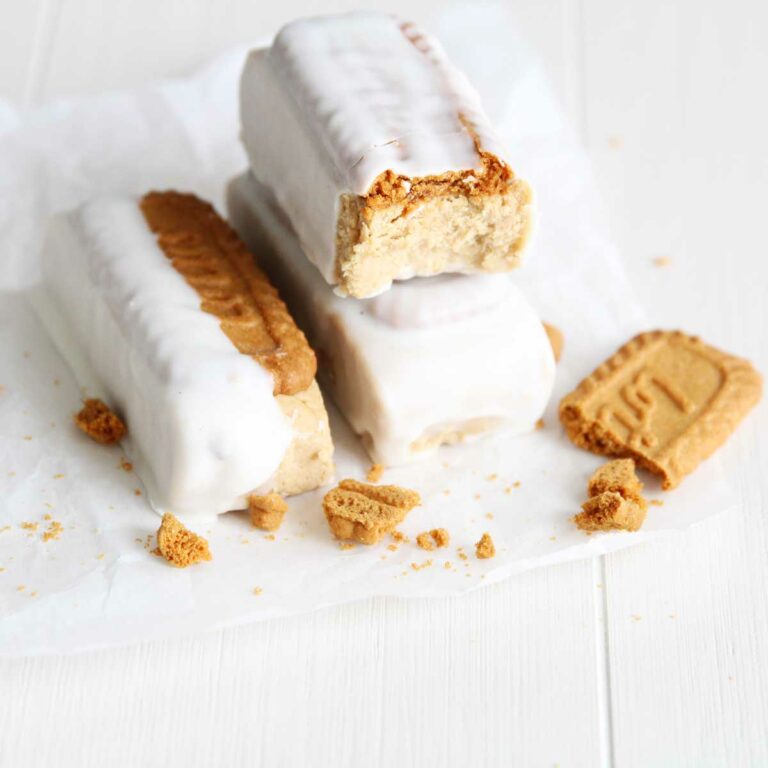
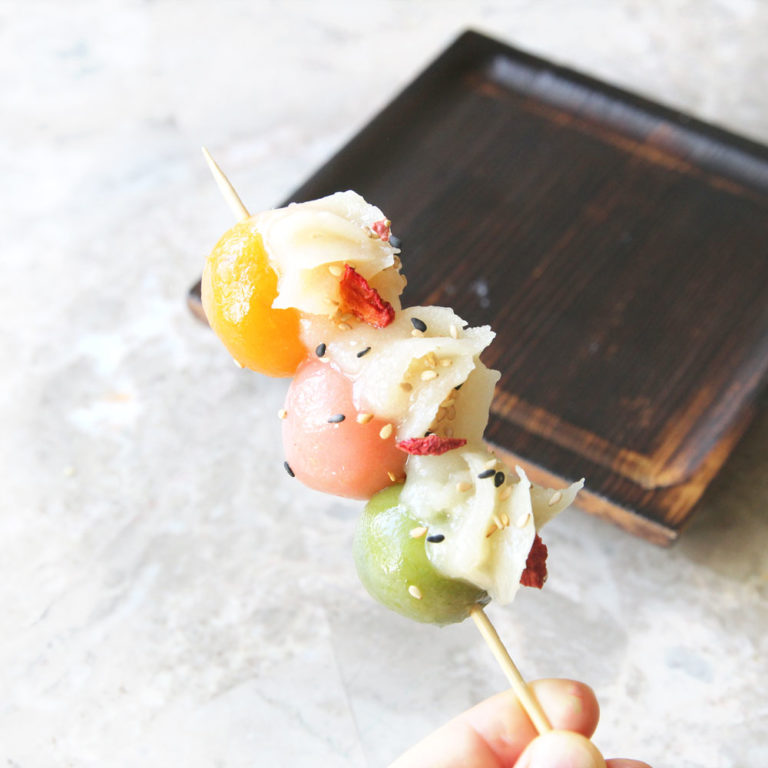
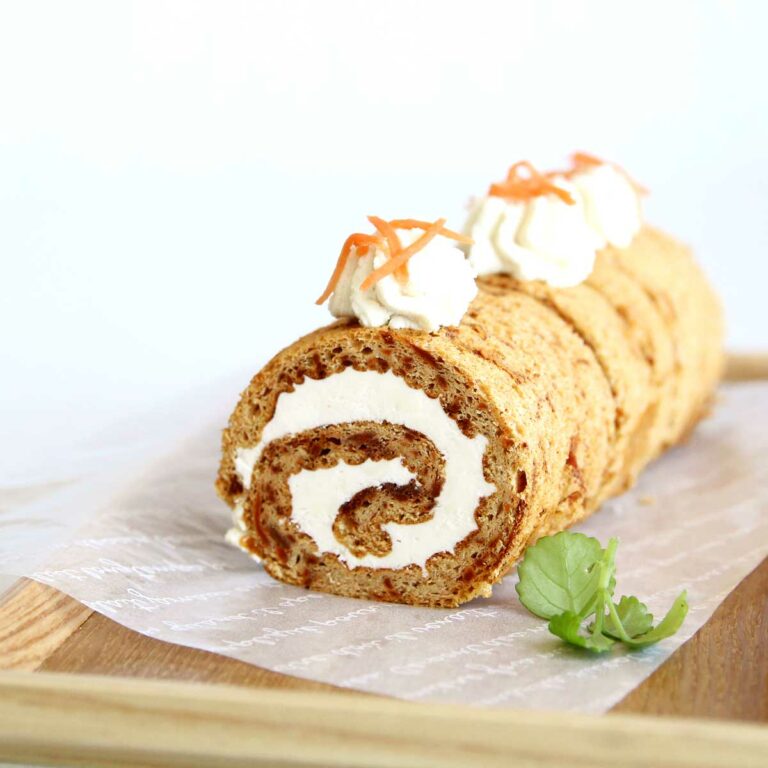
Leave a Reply